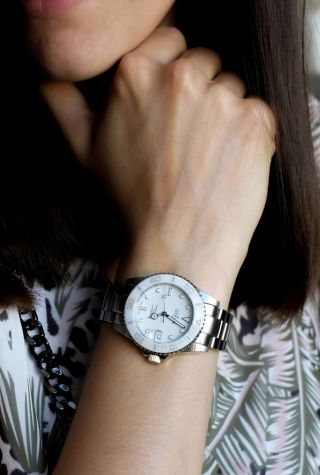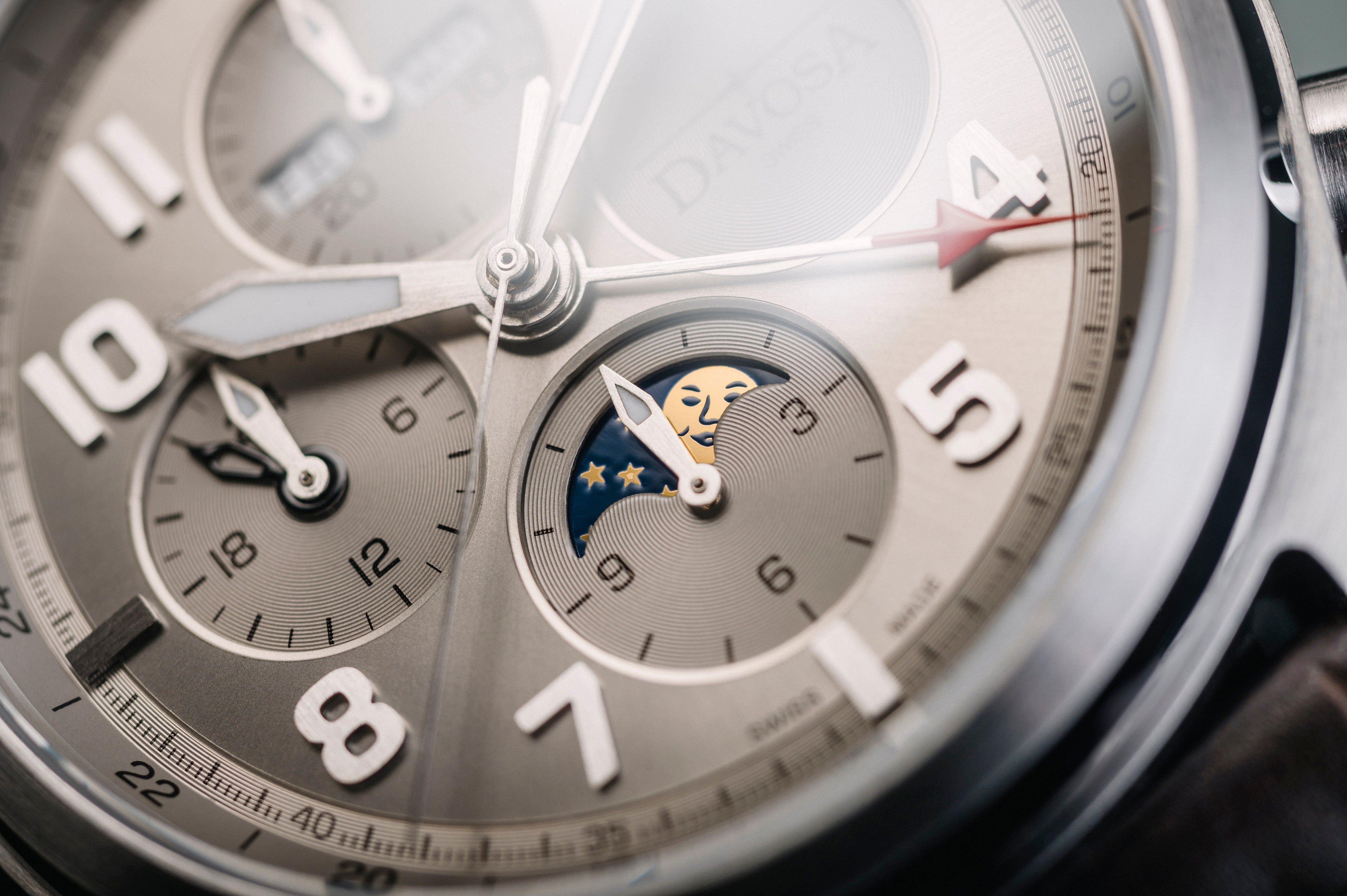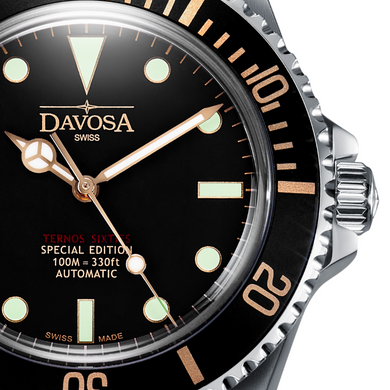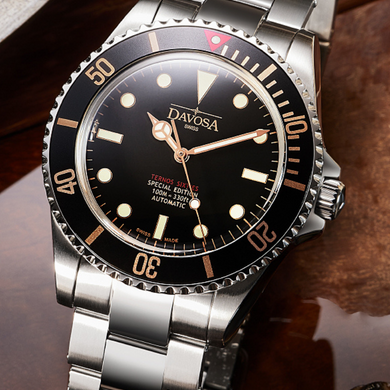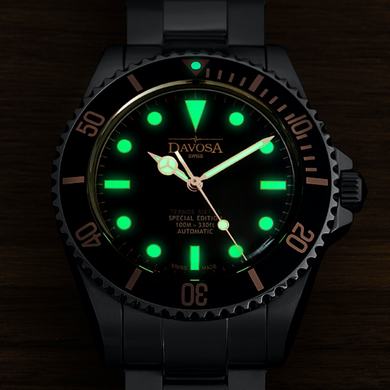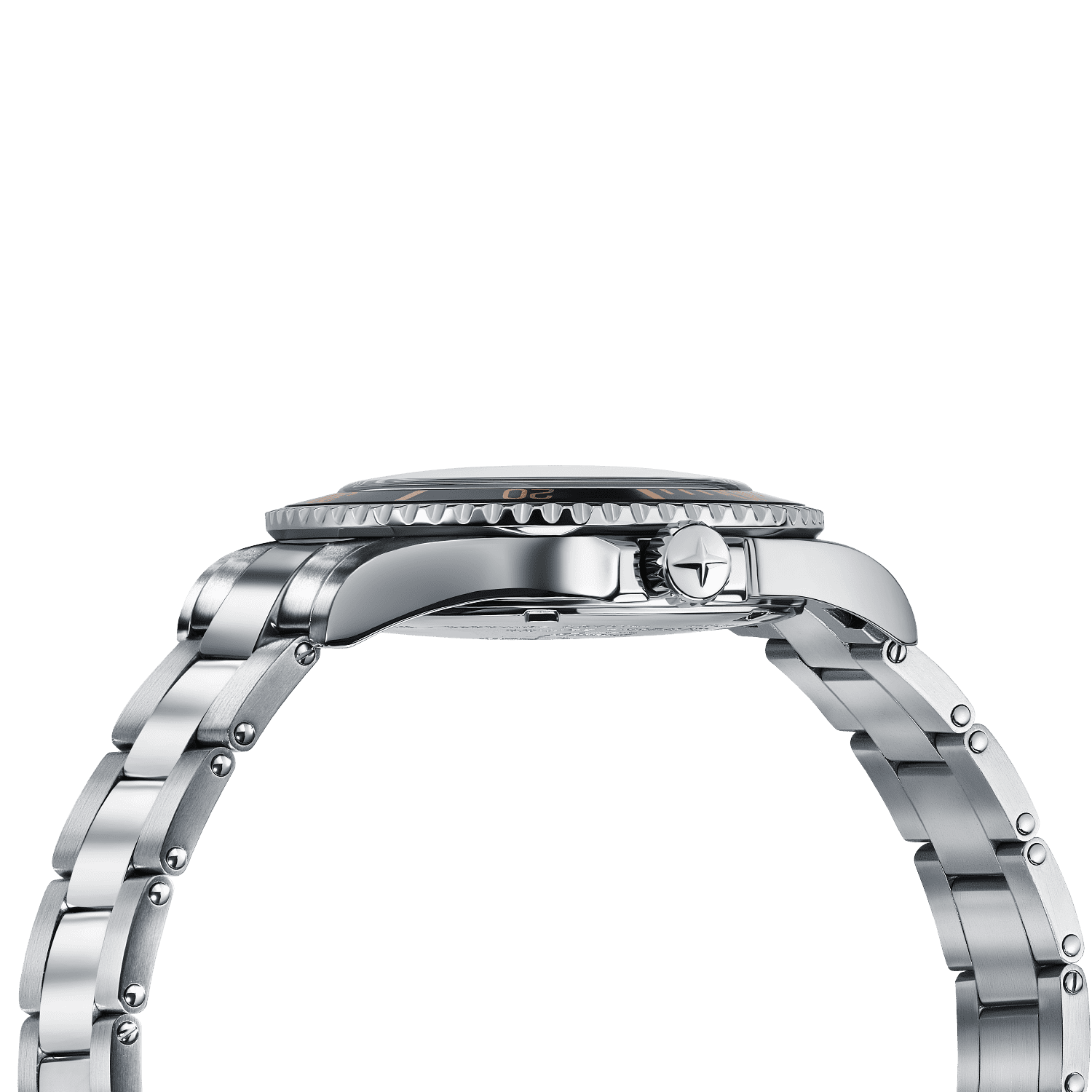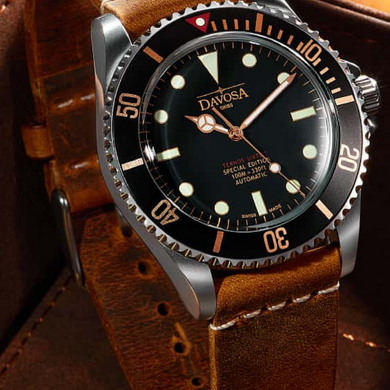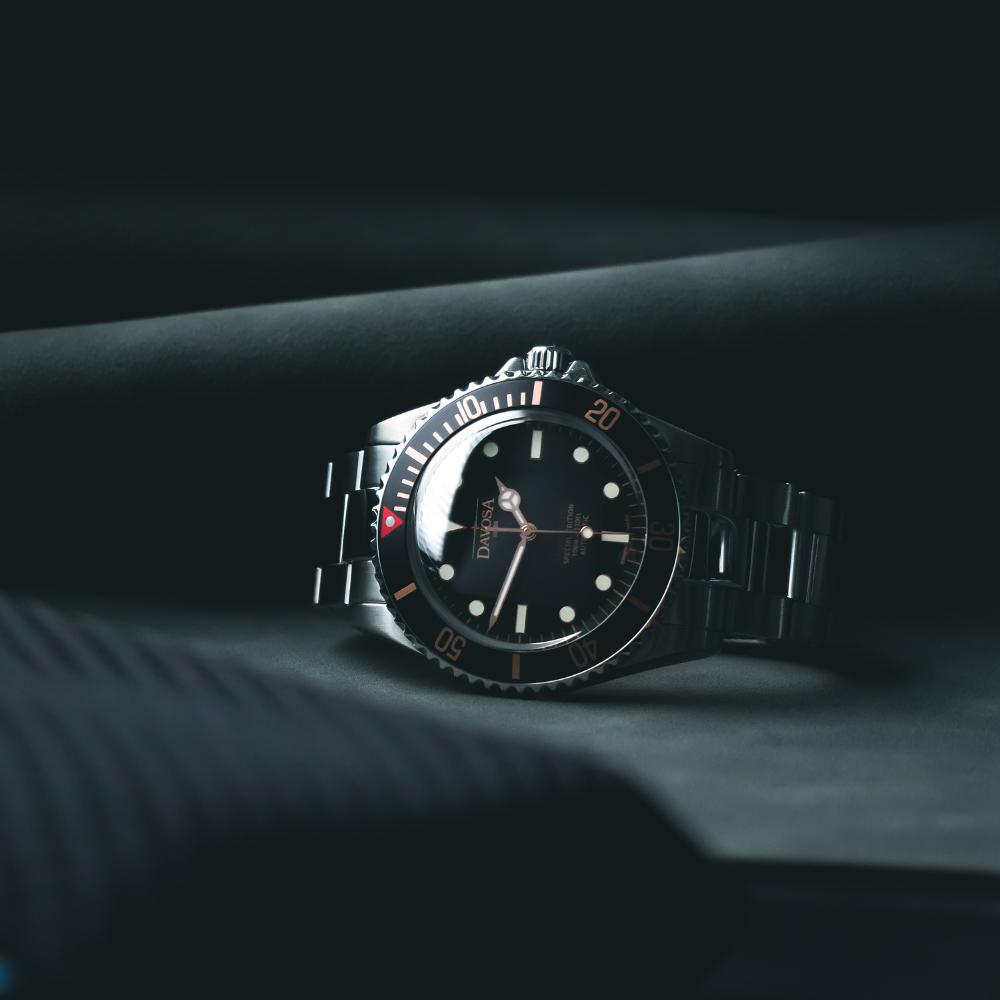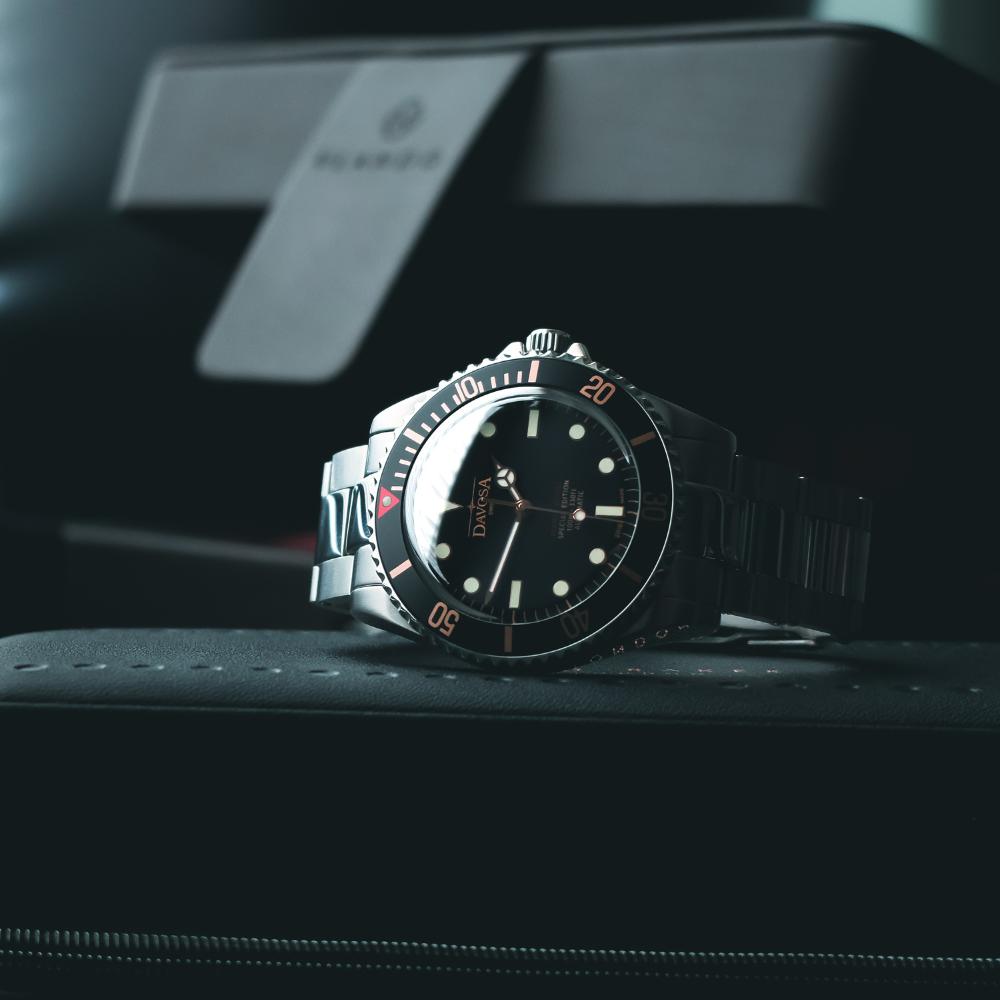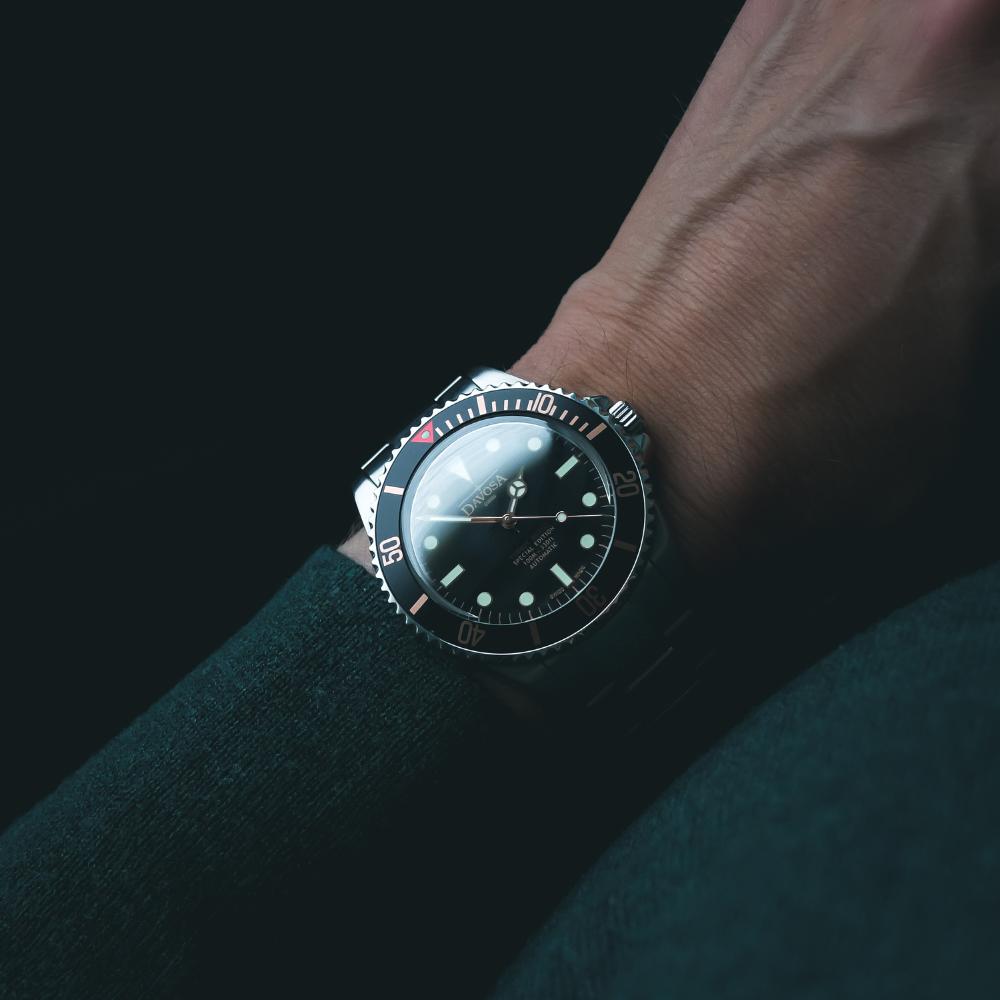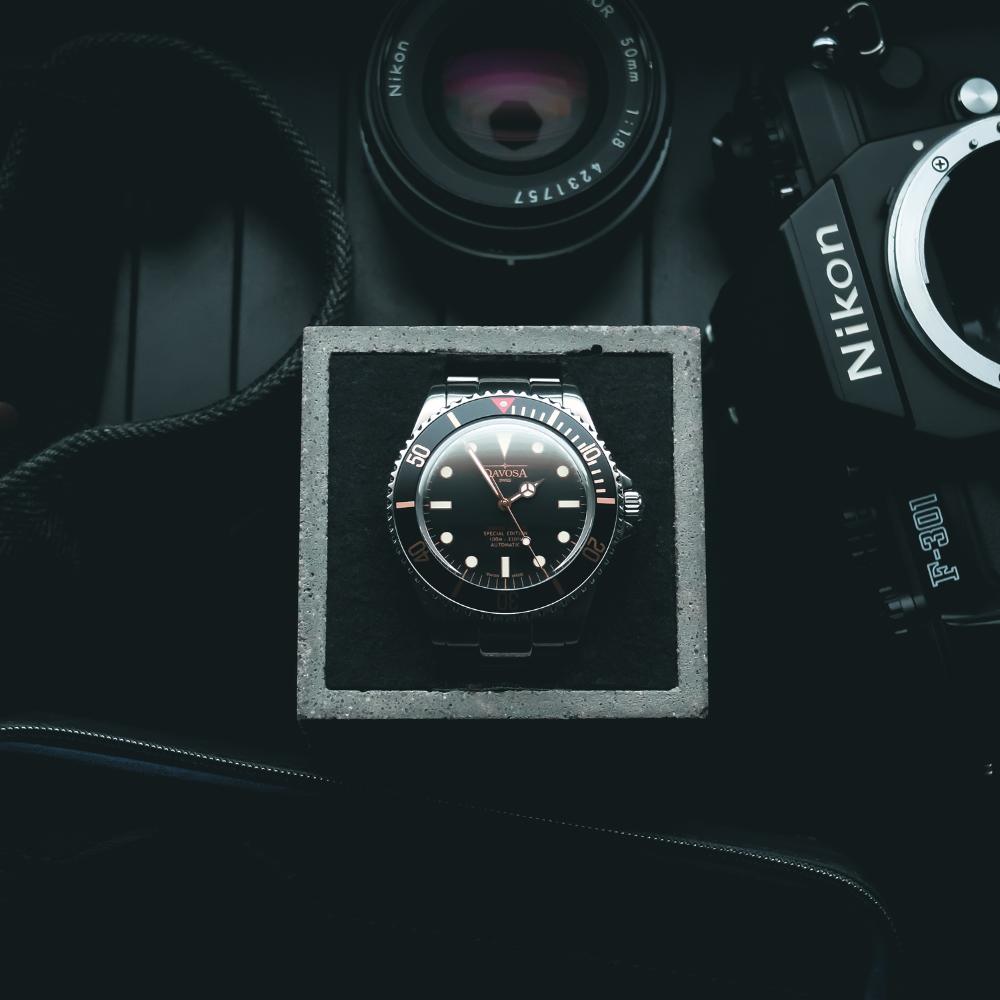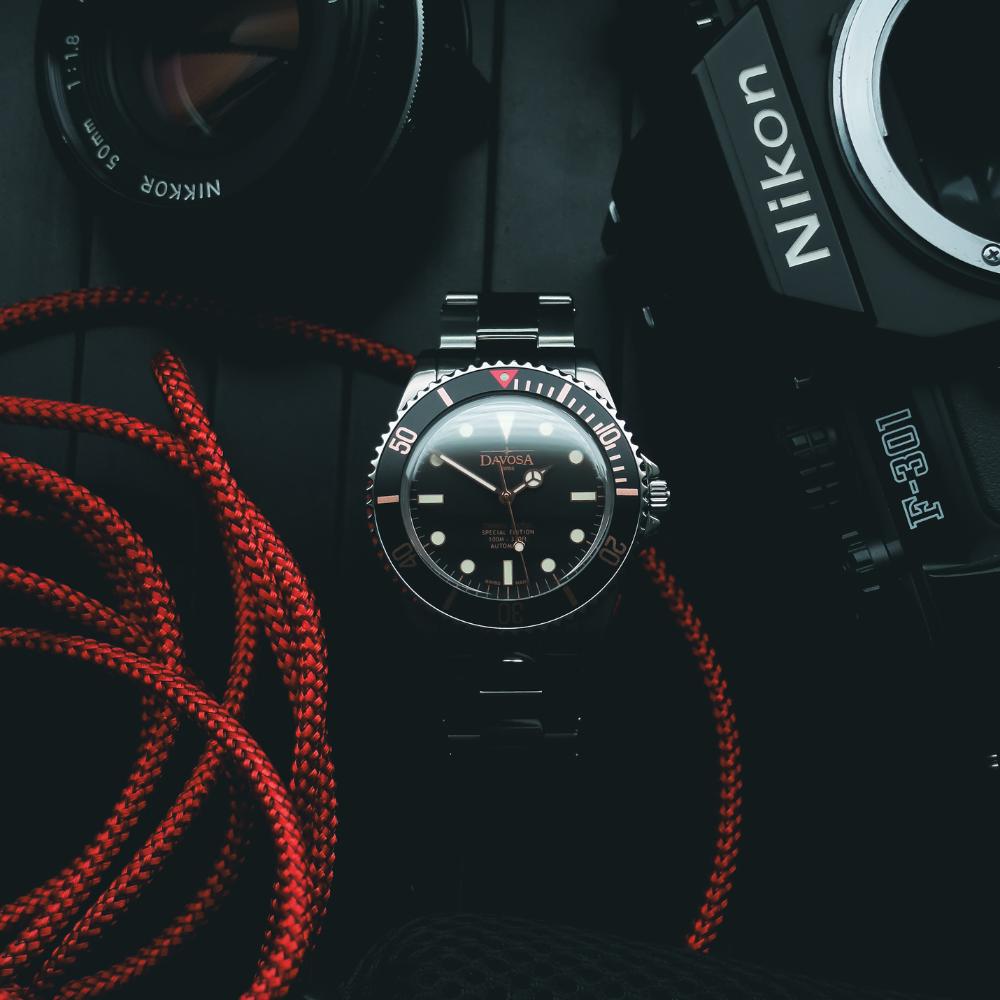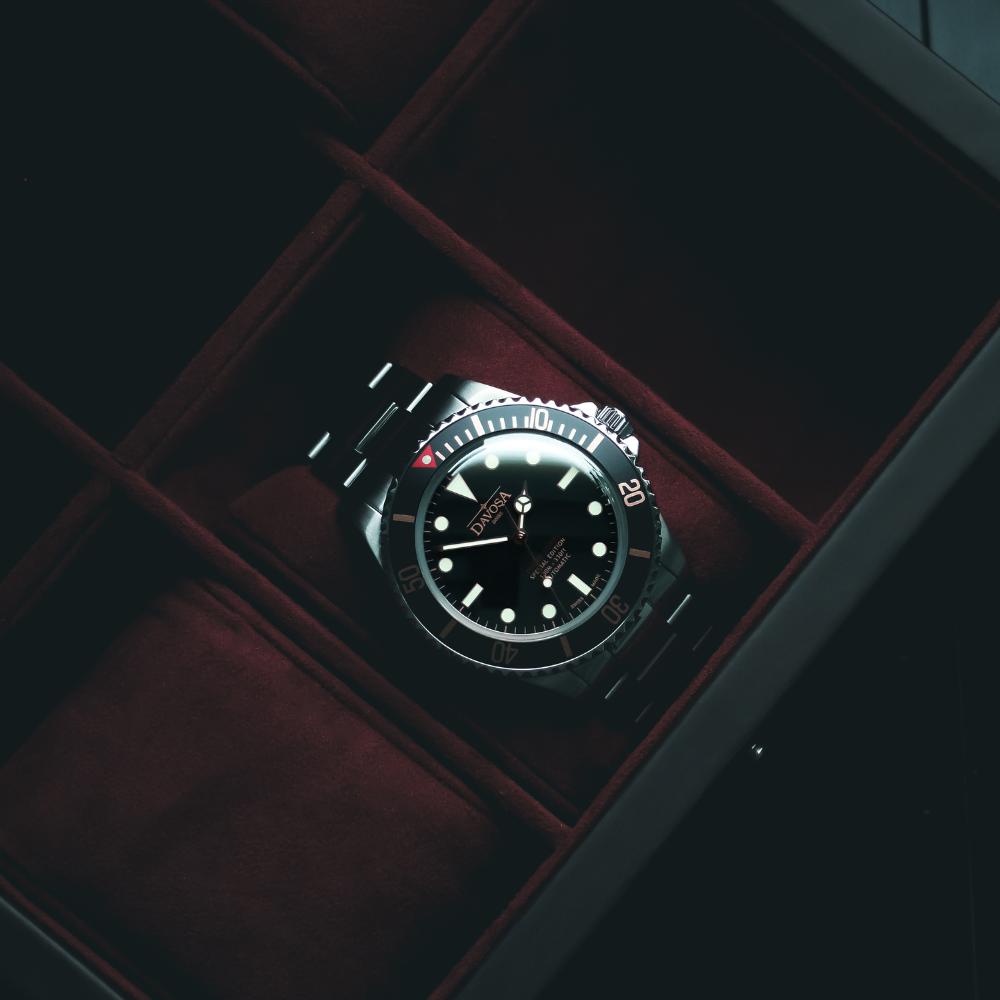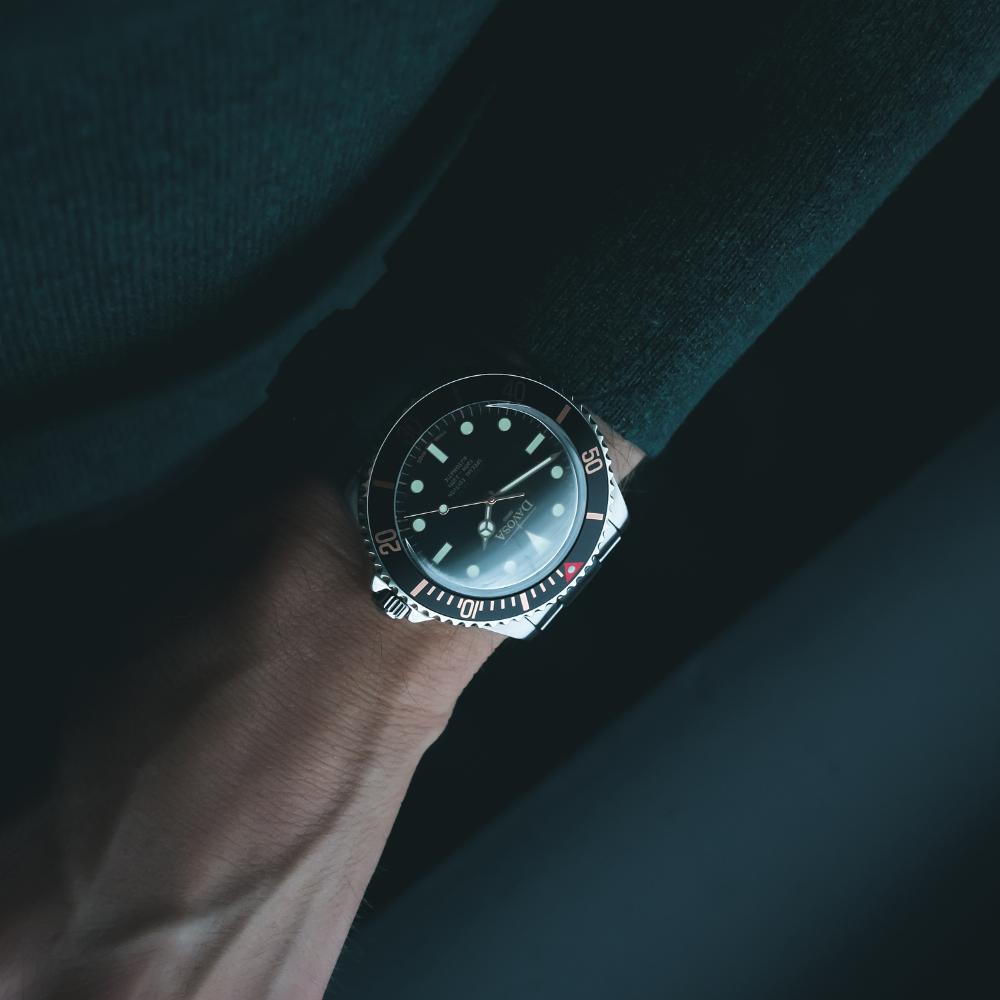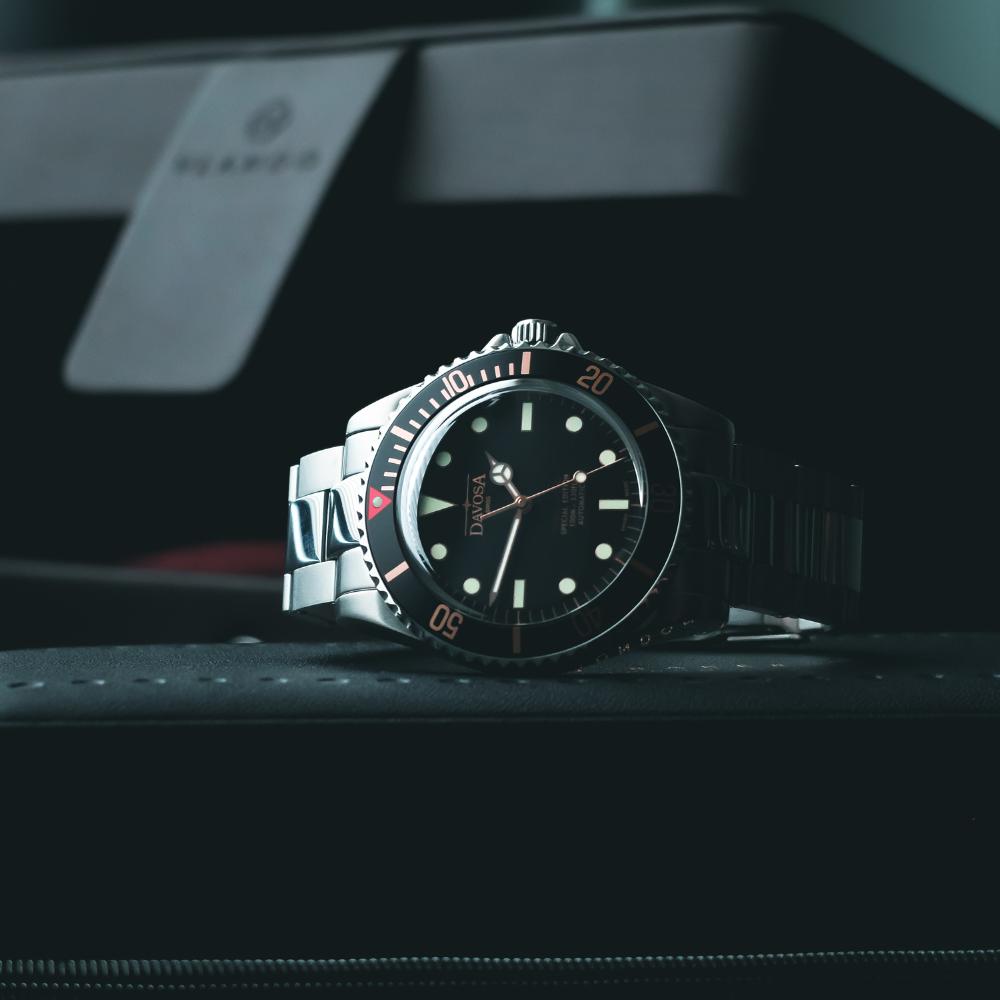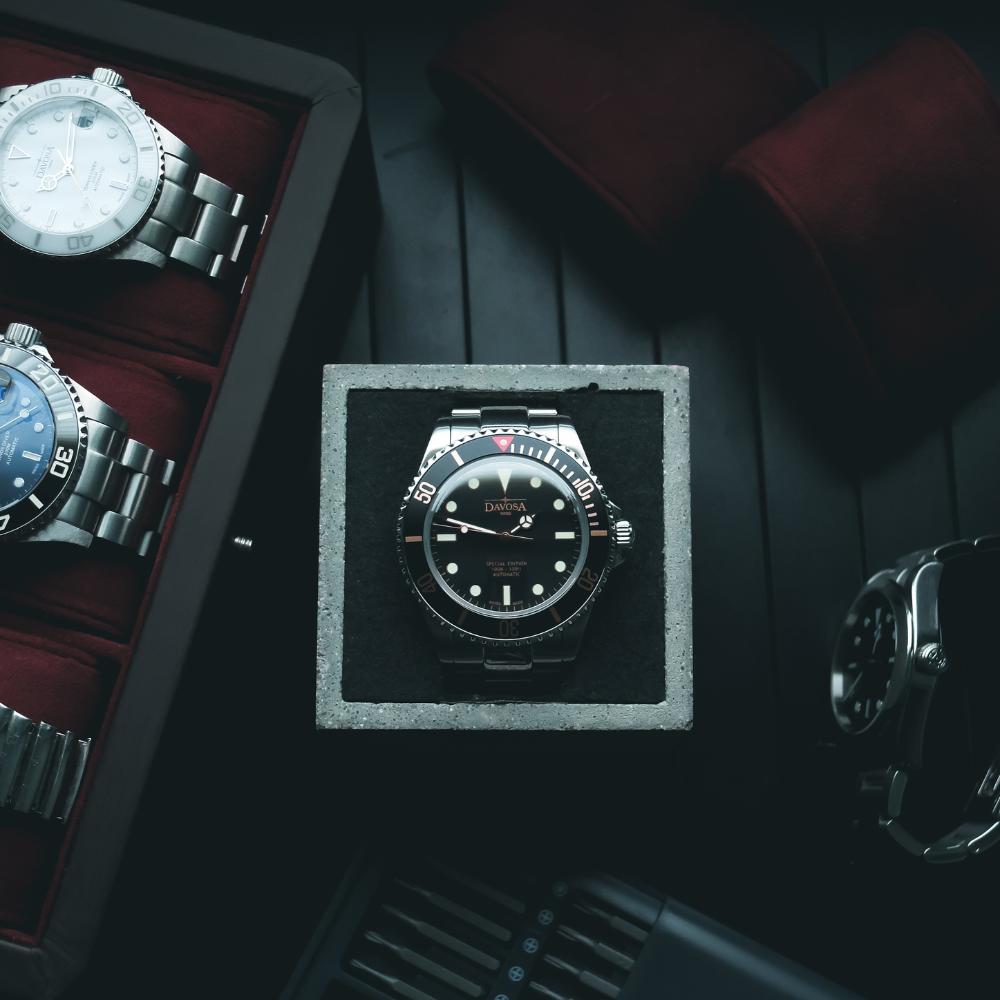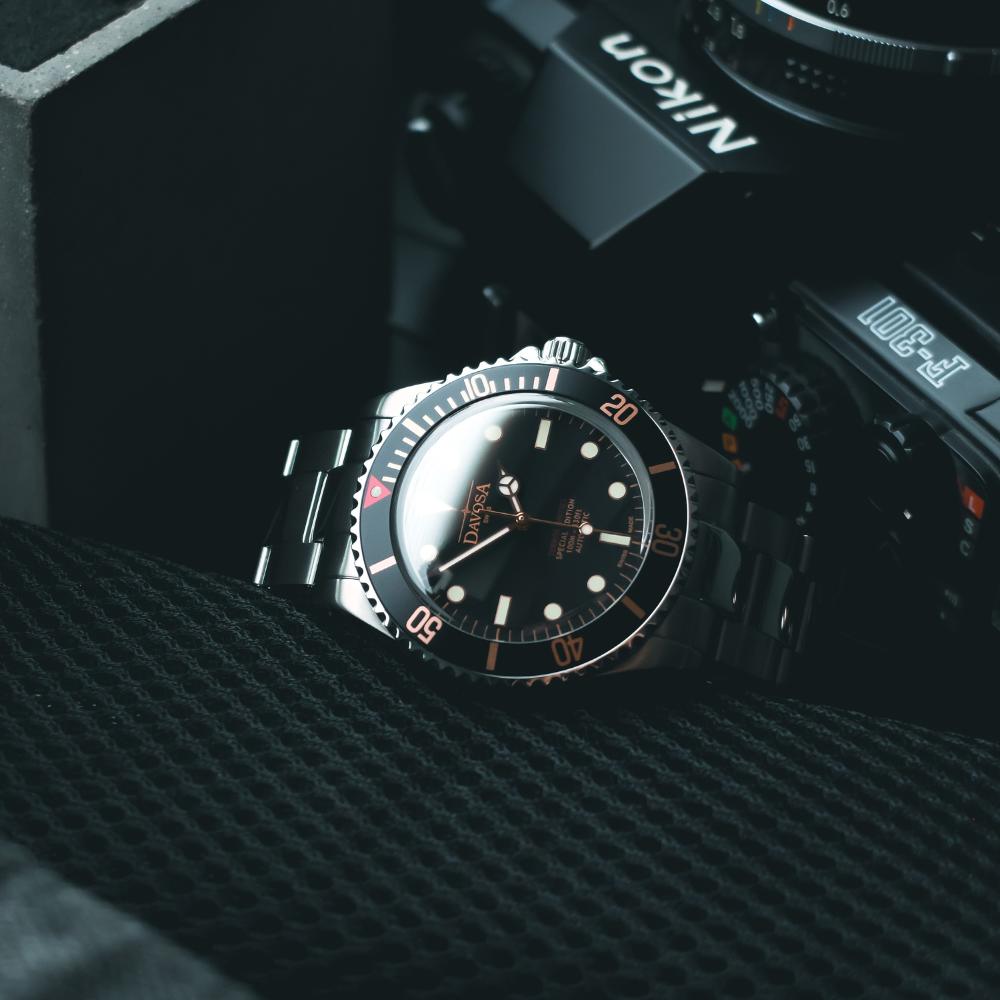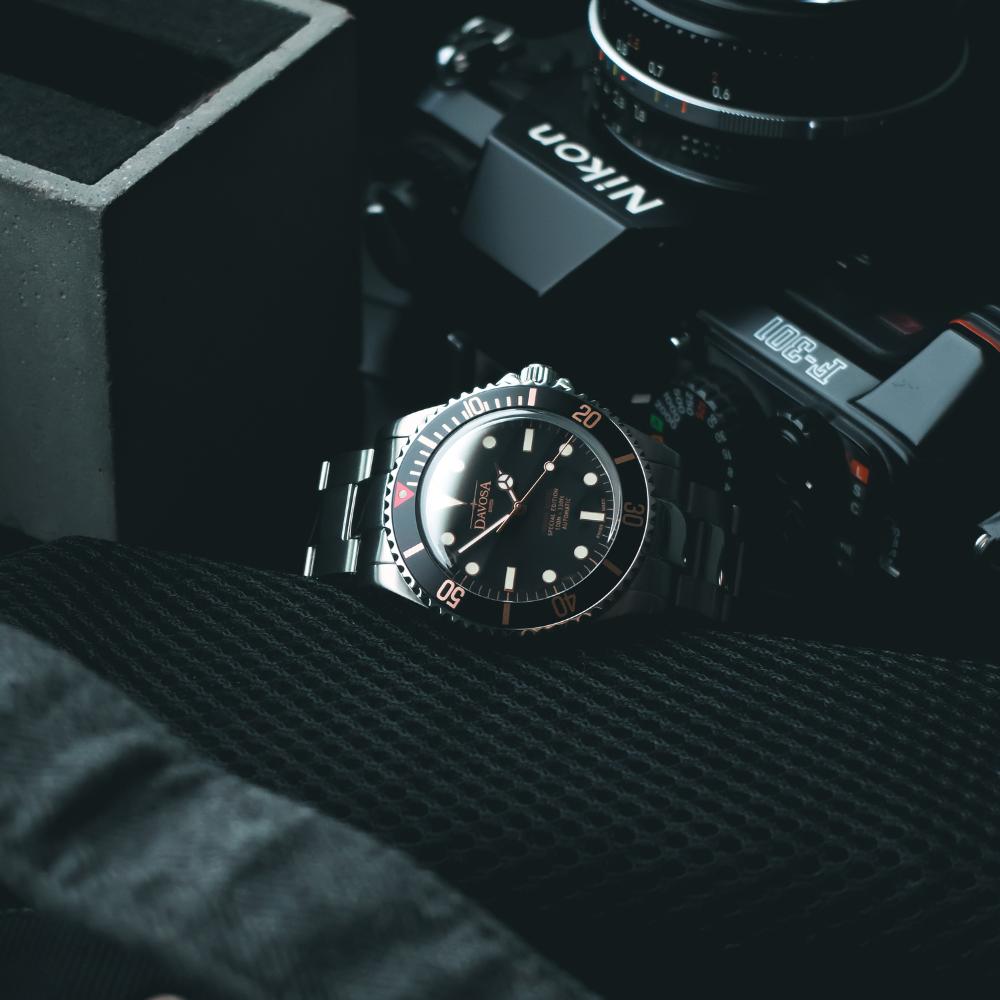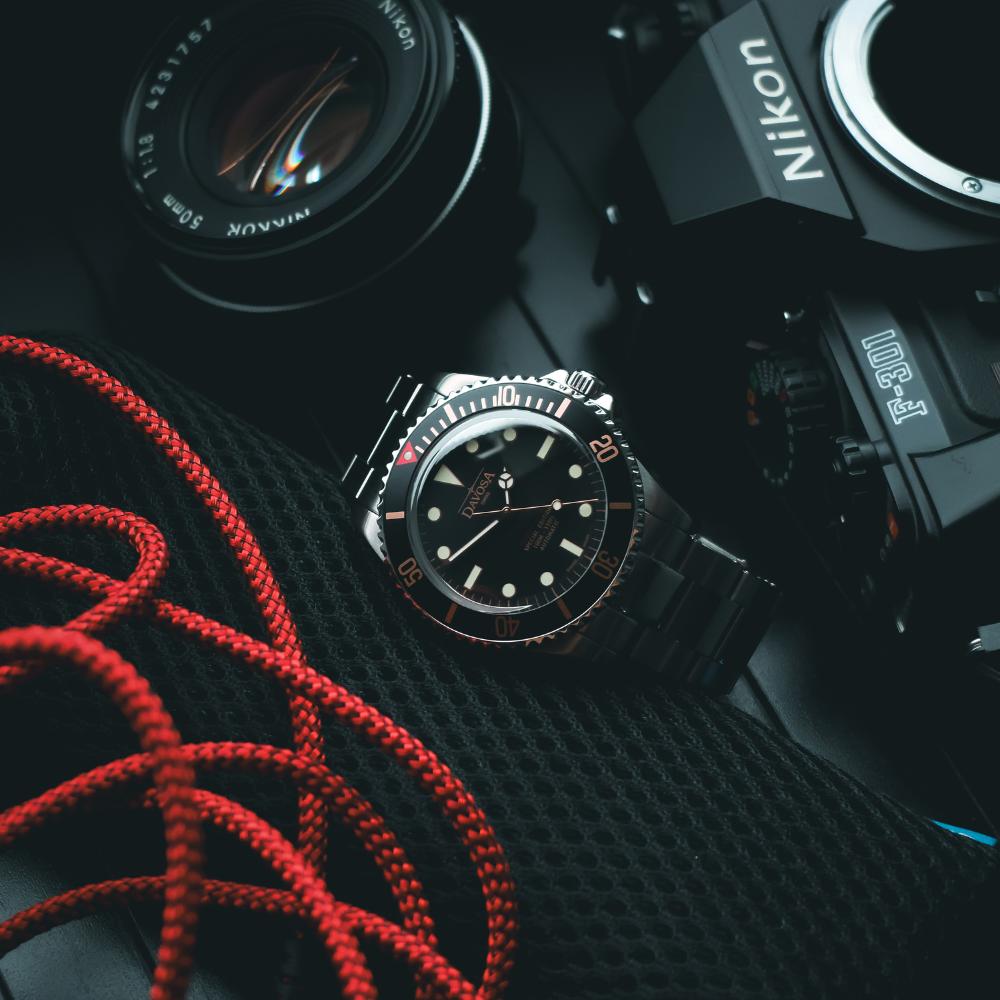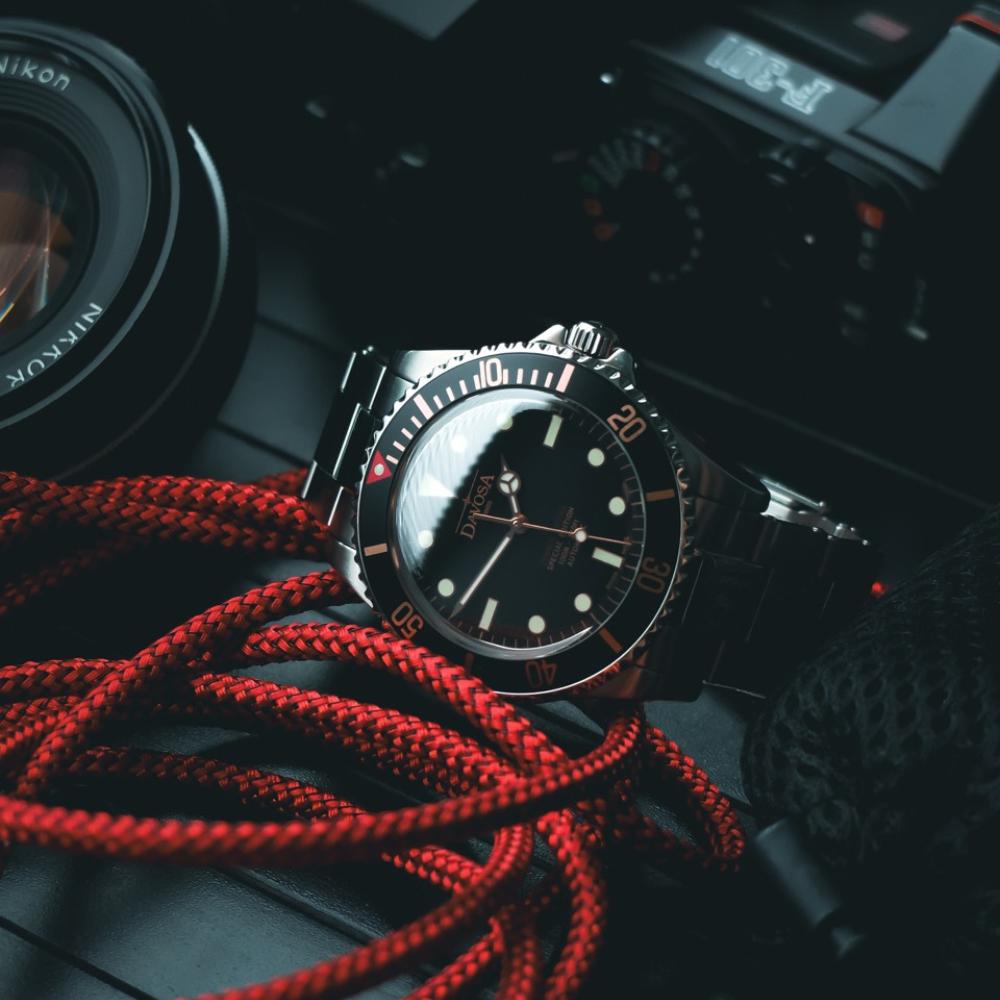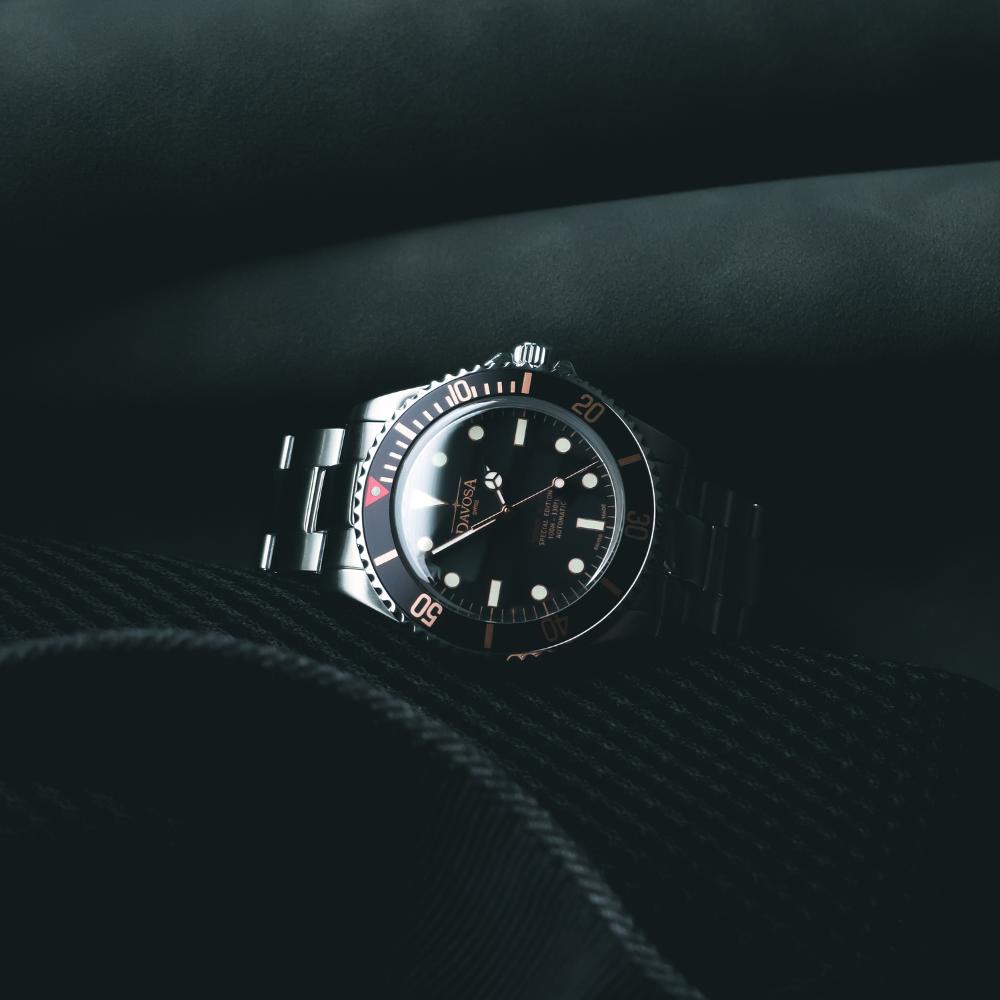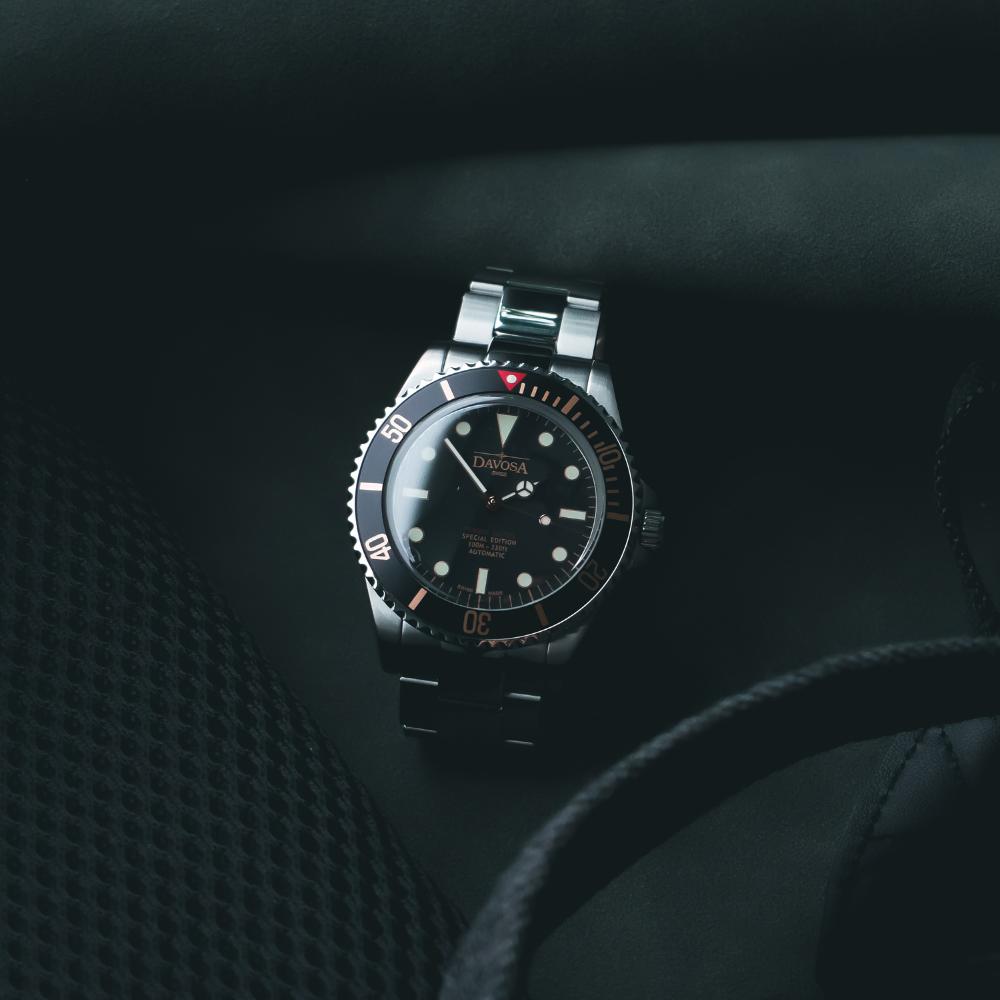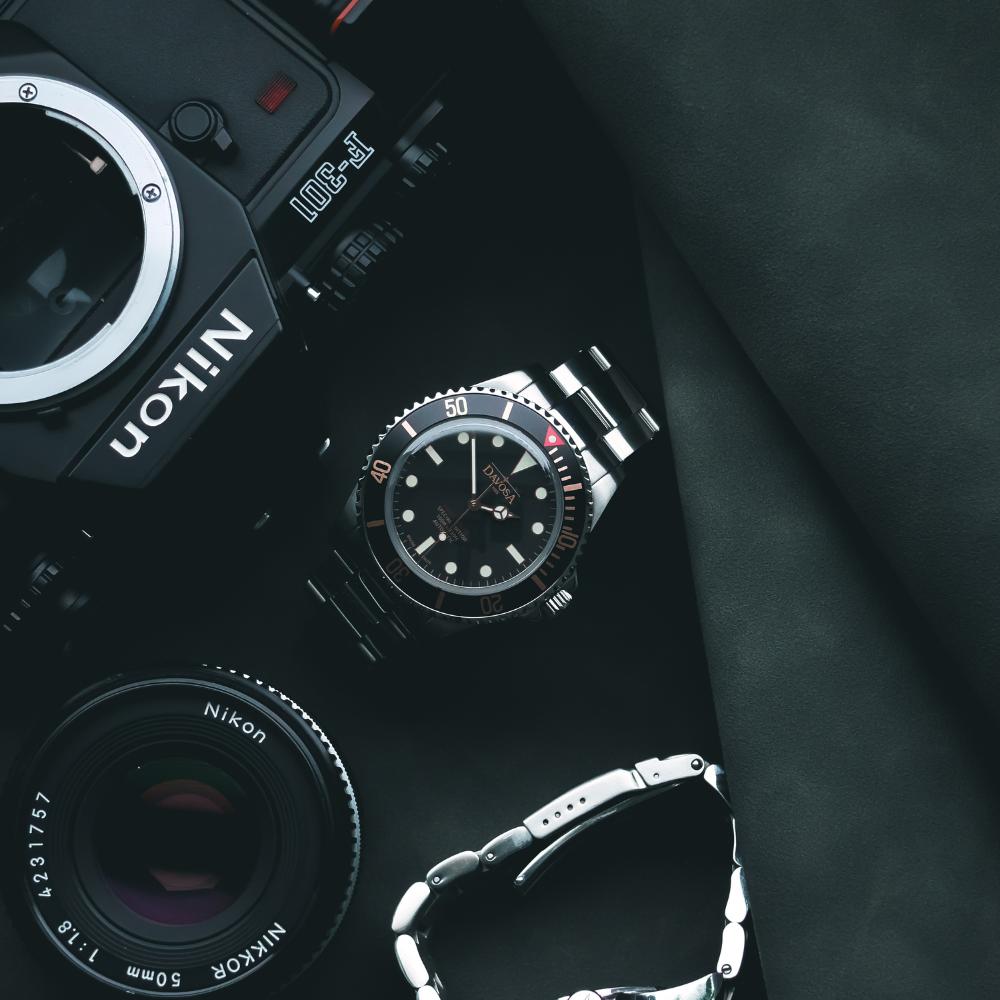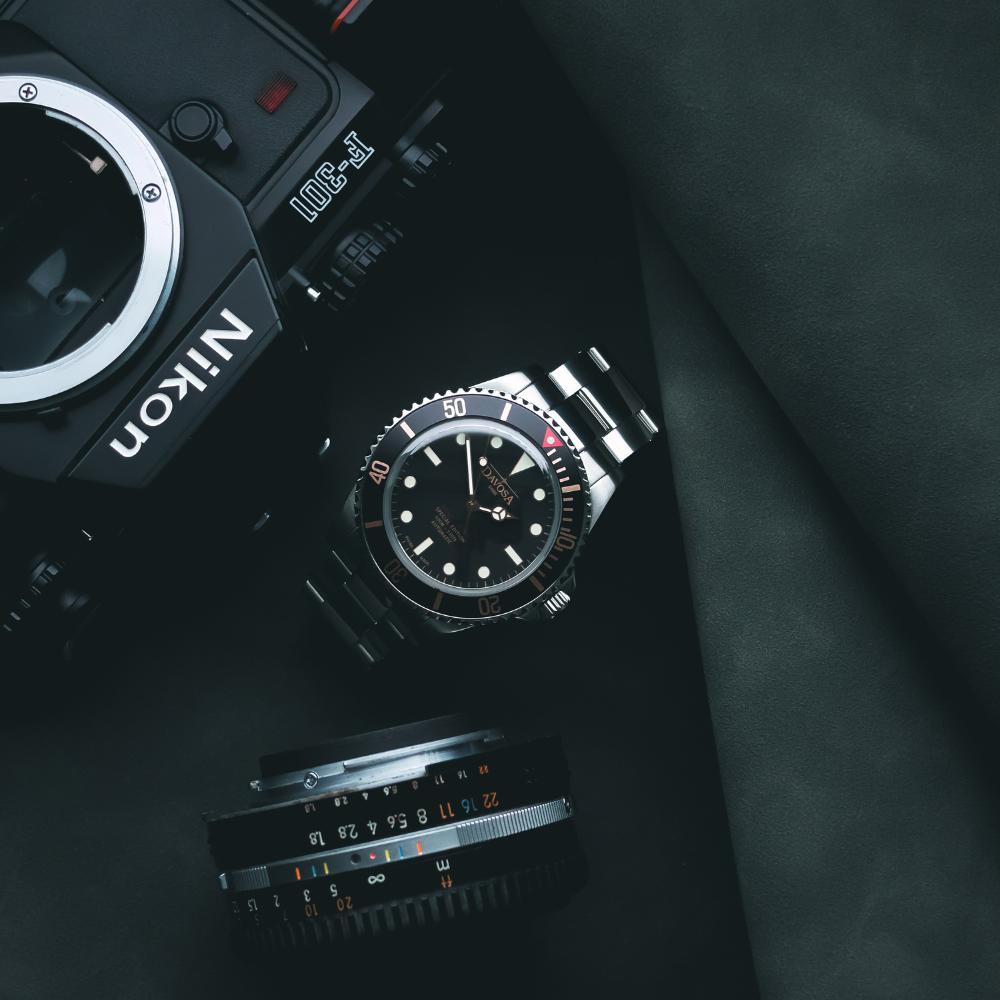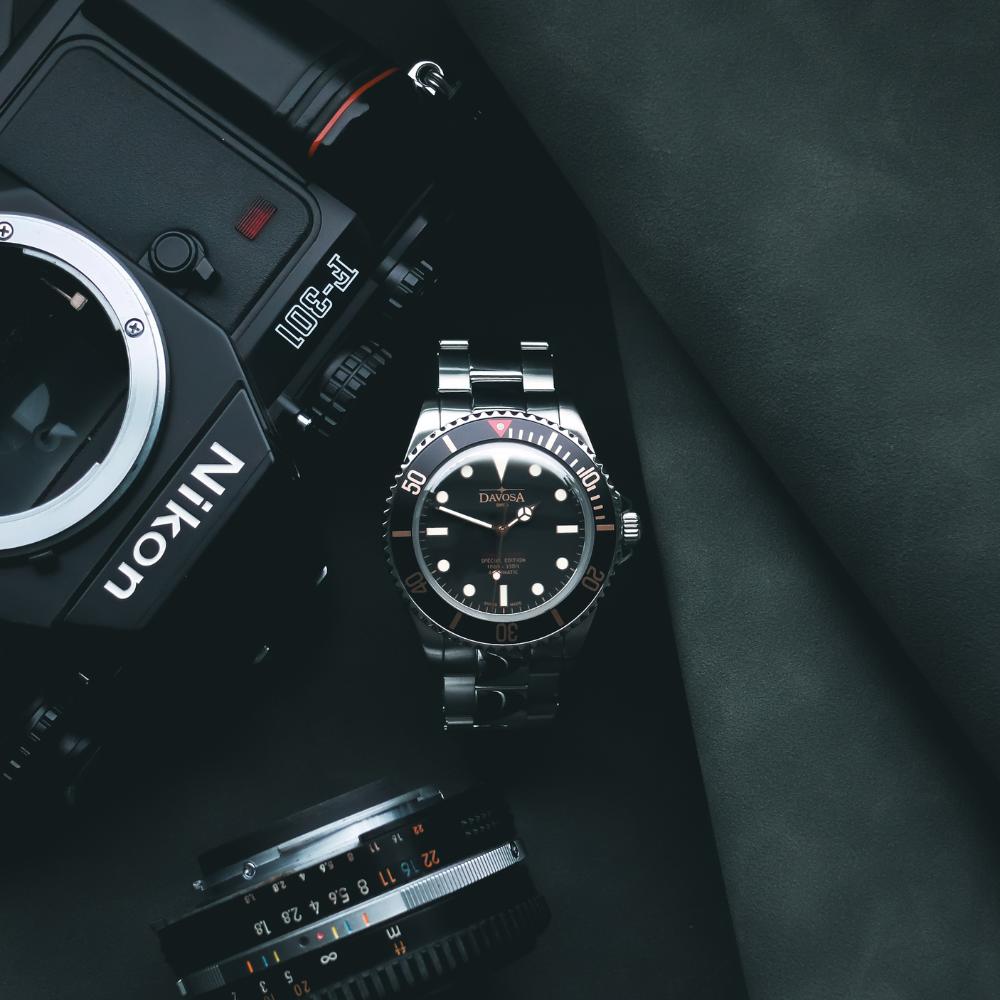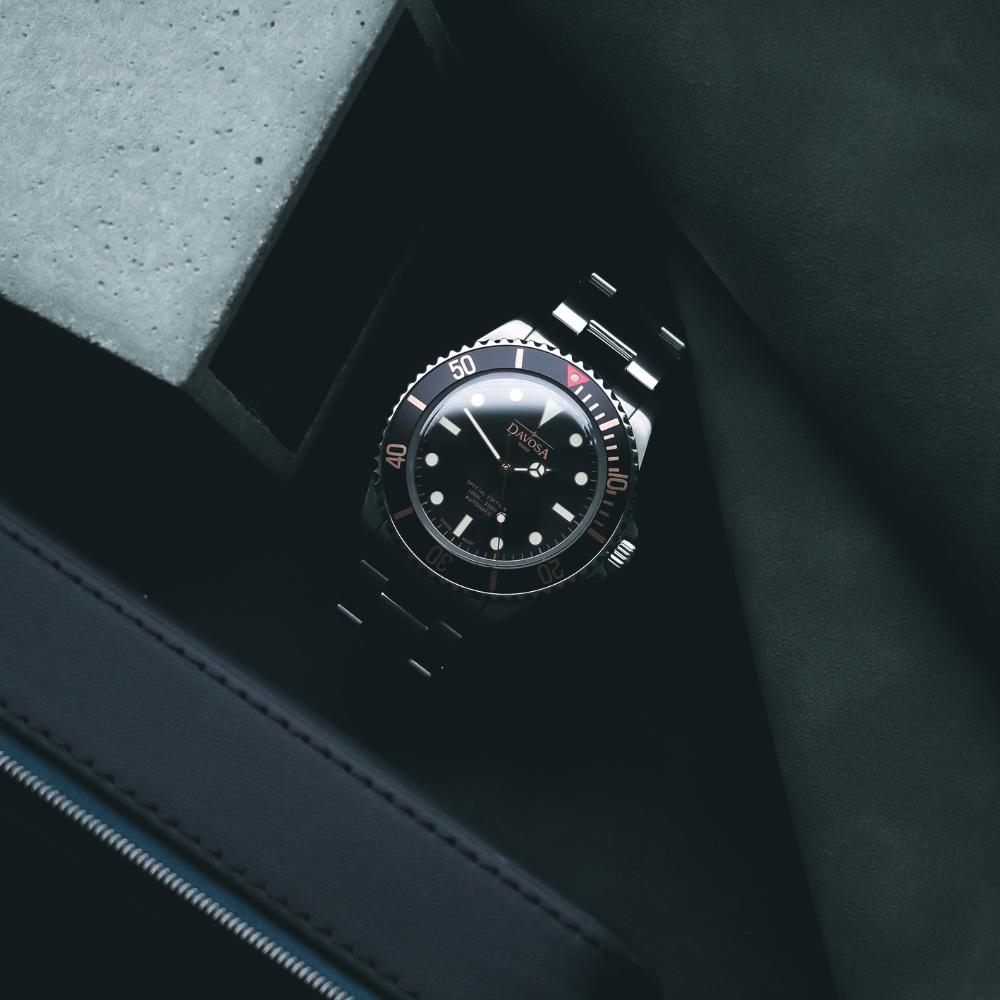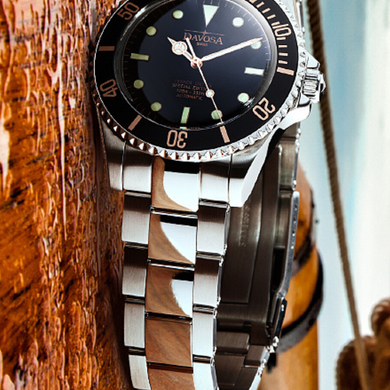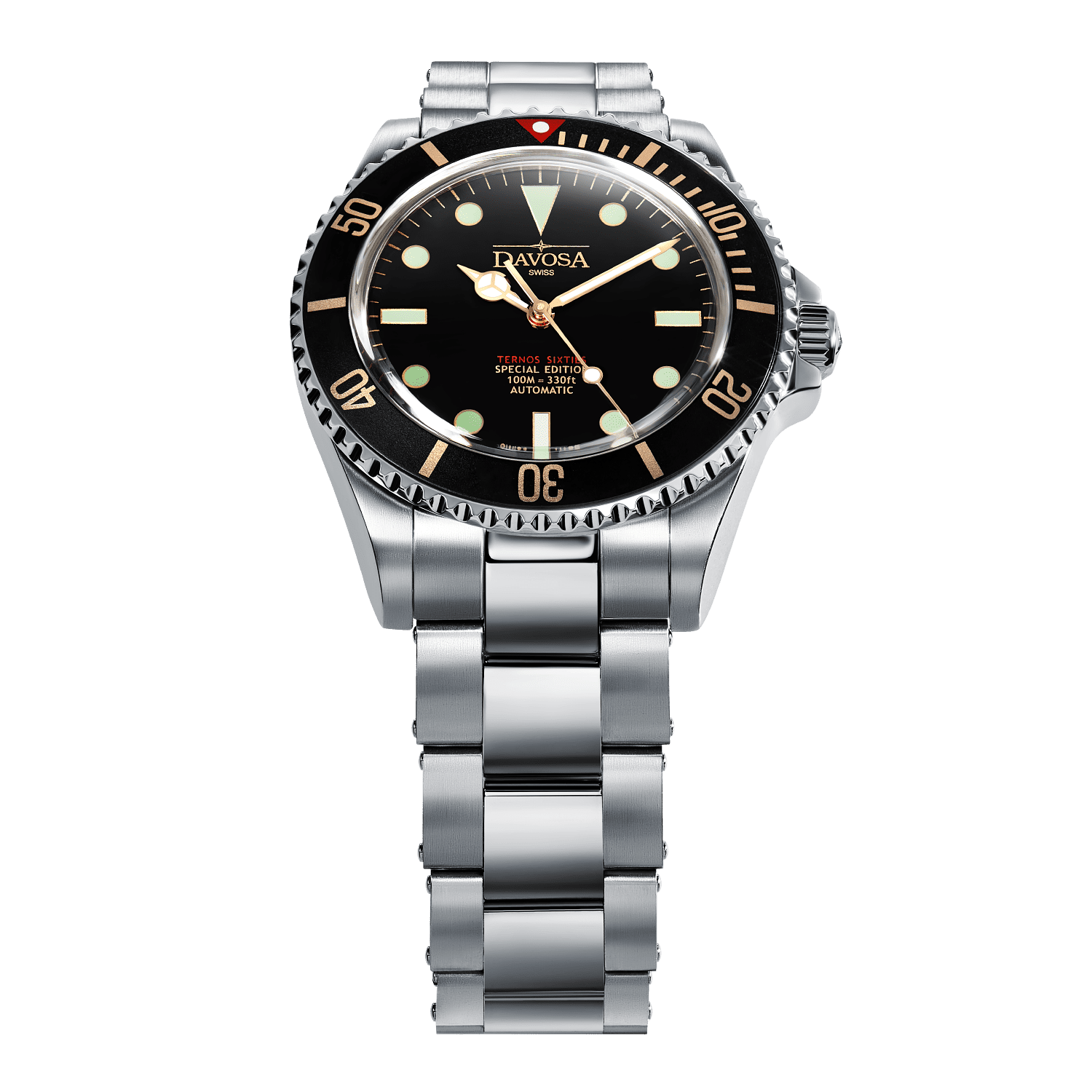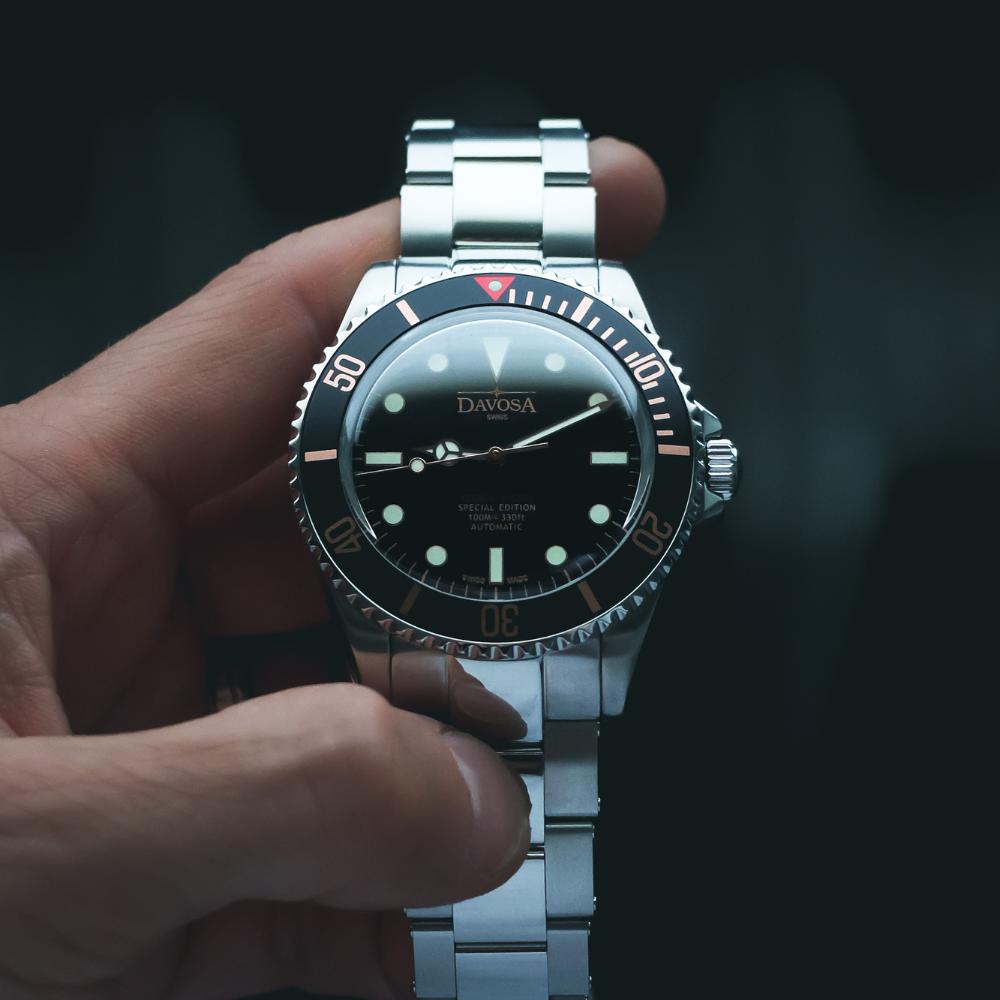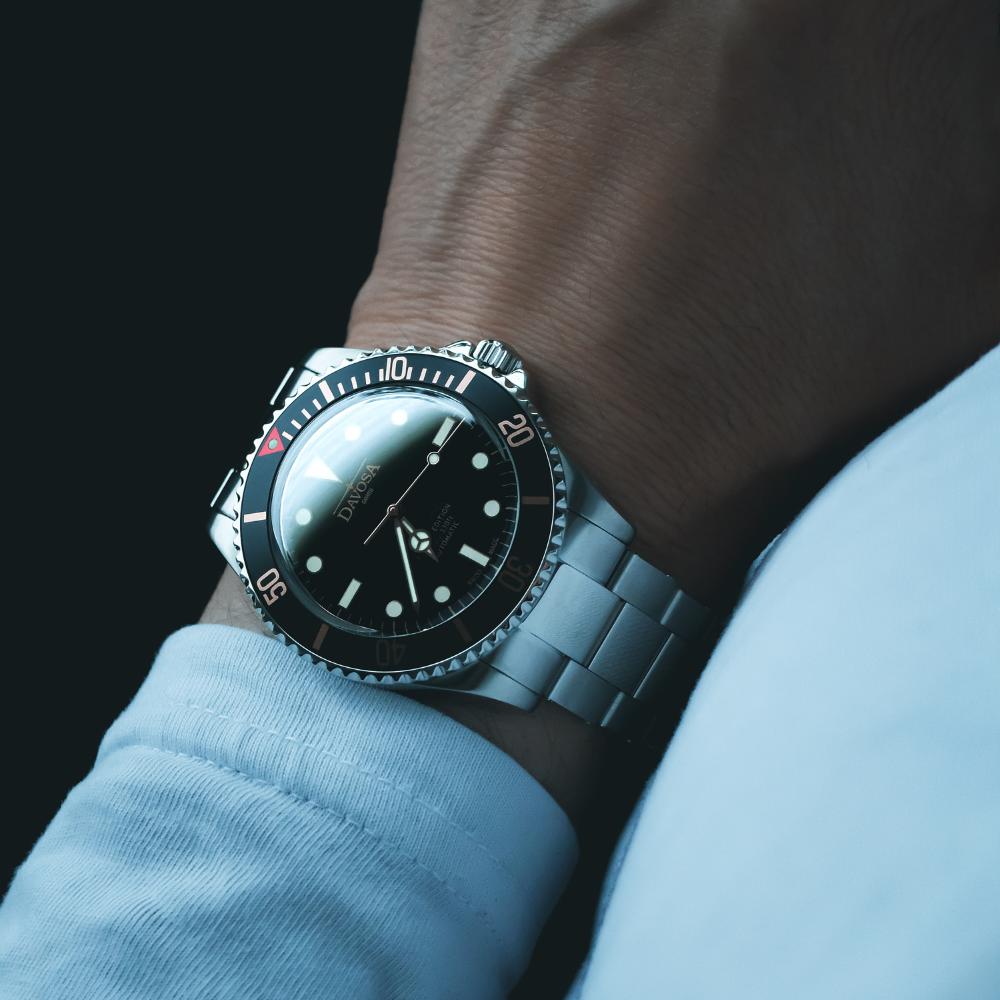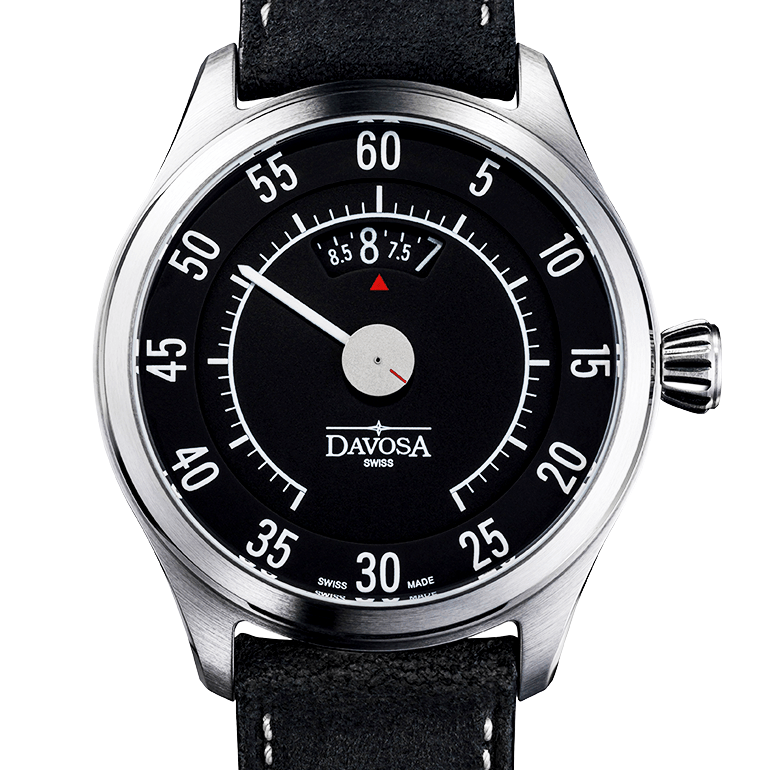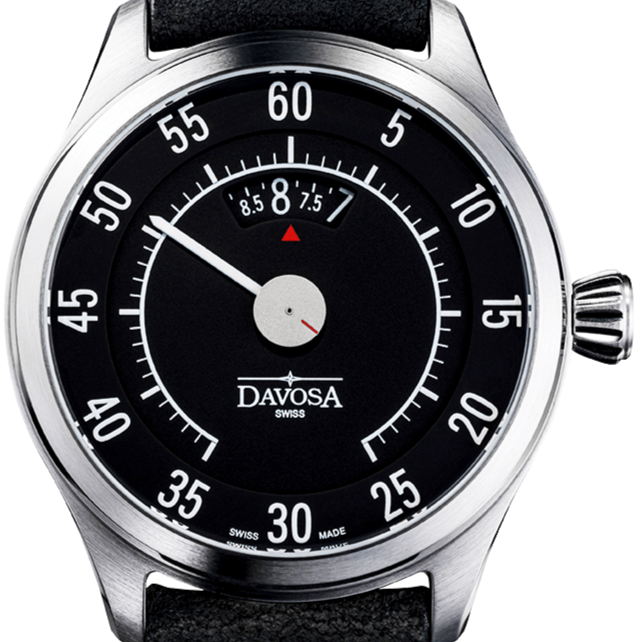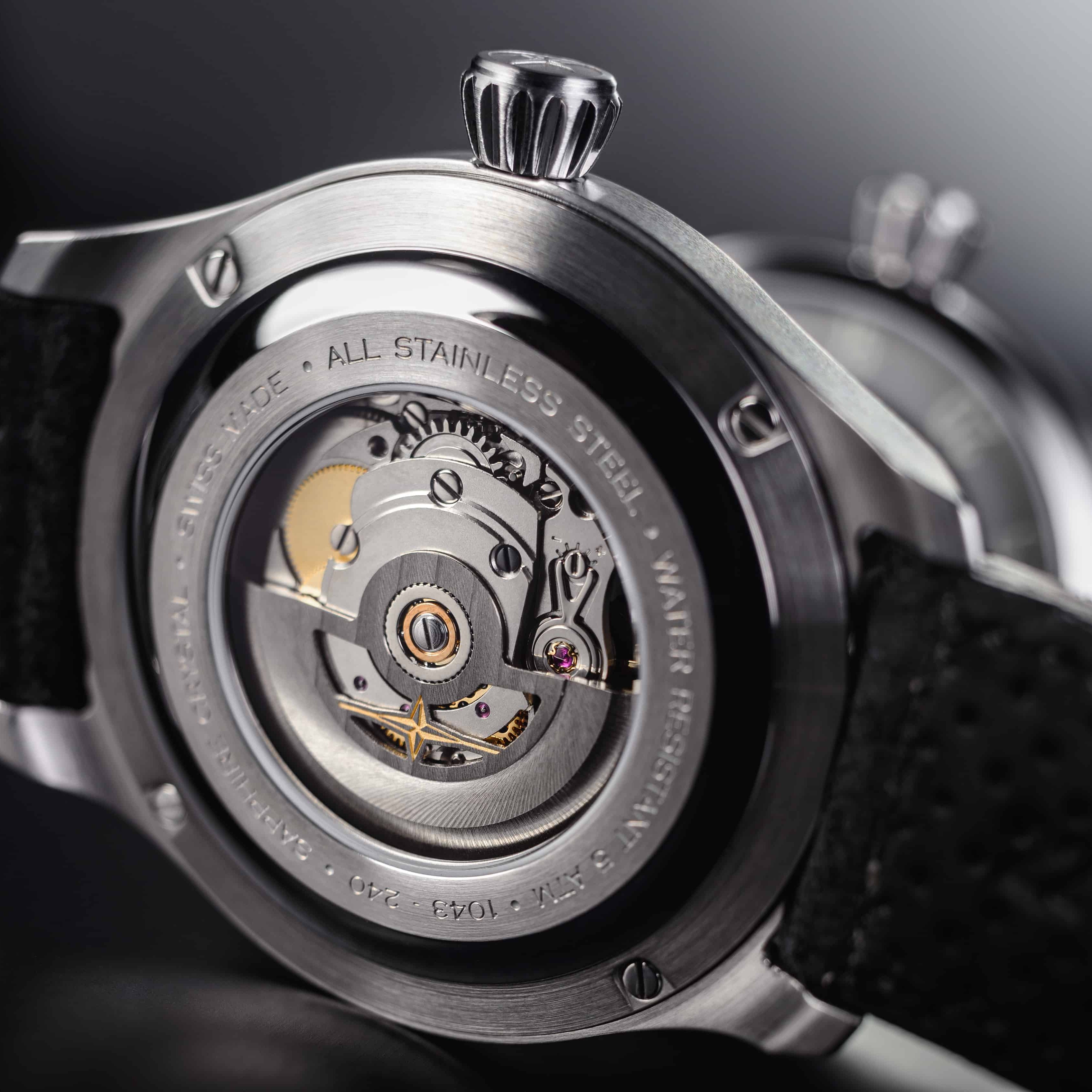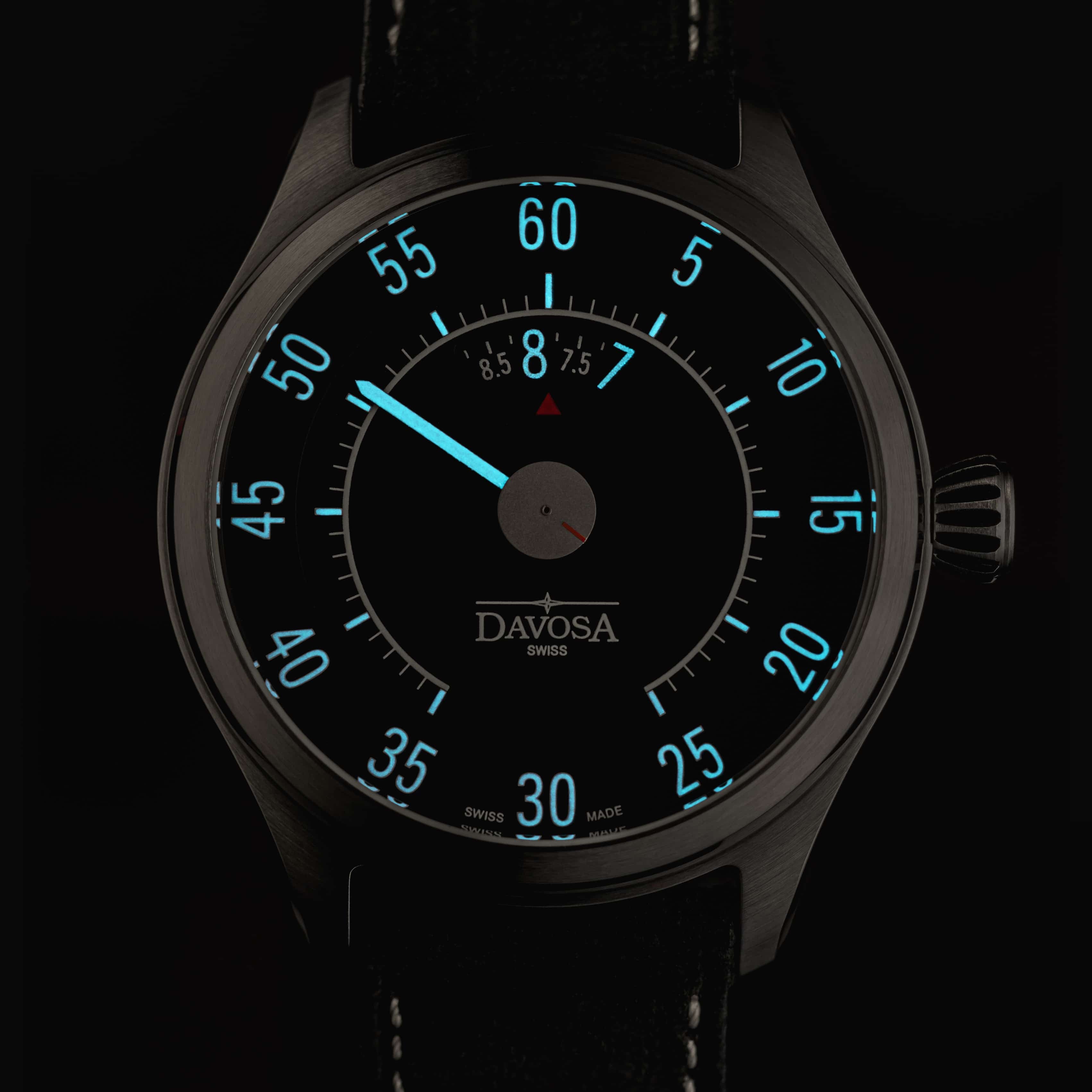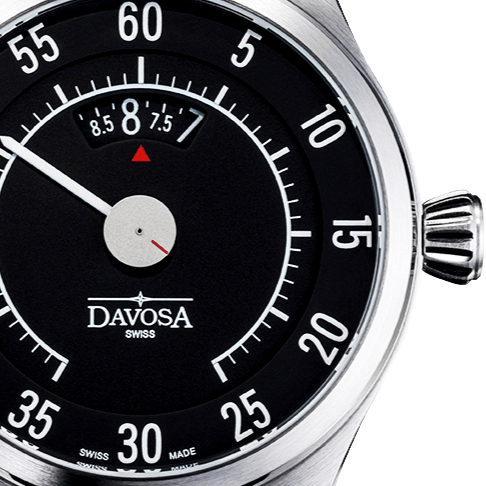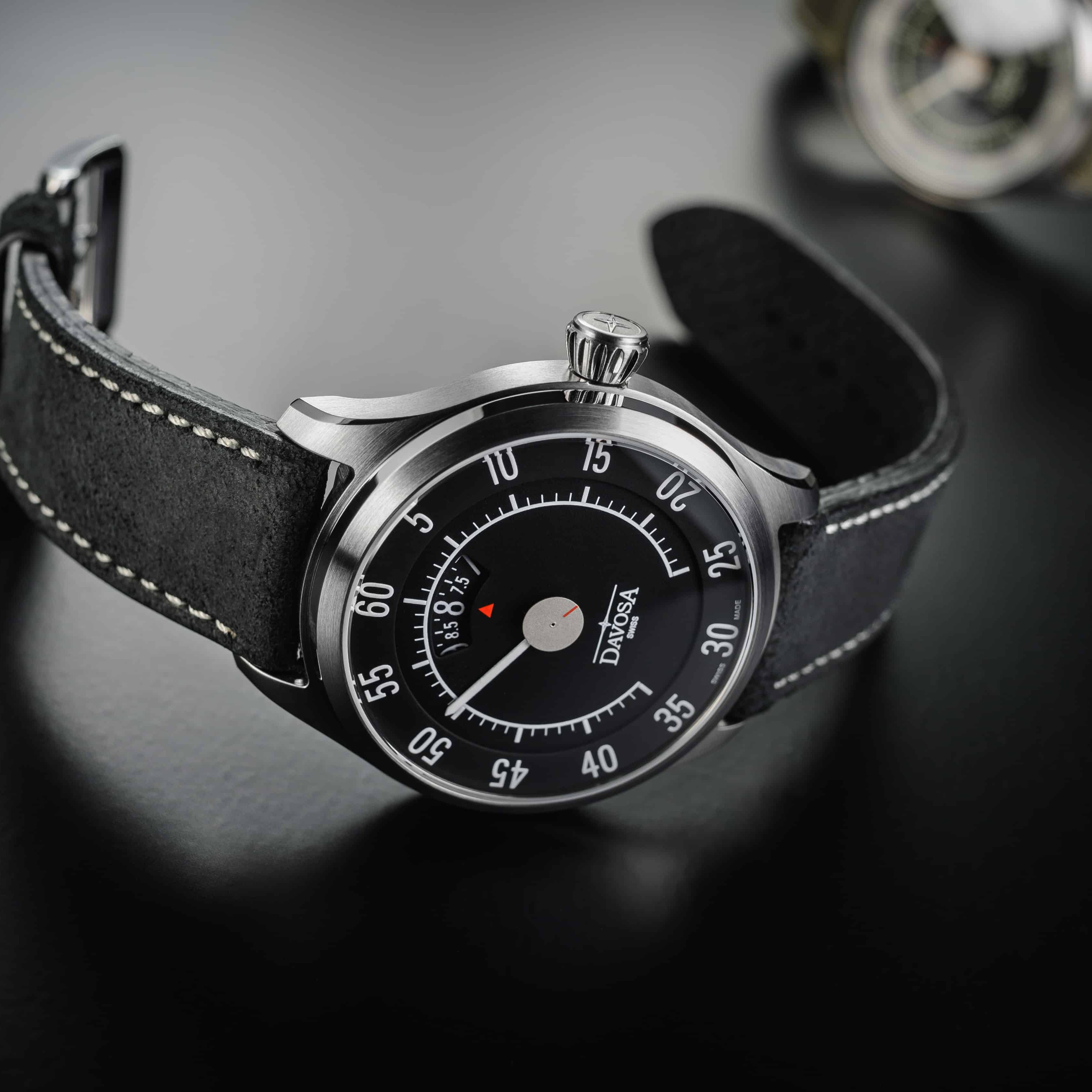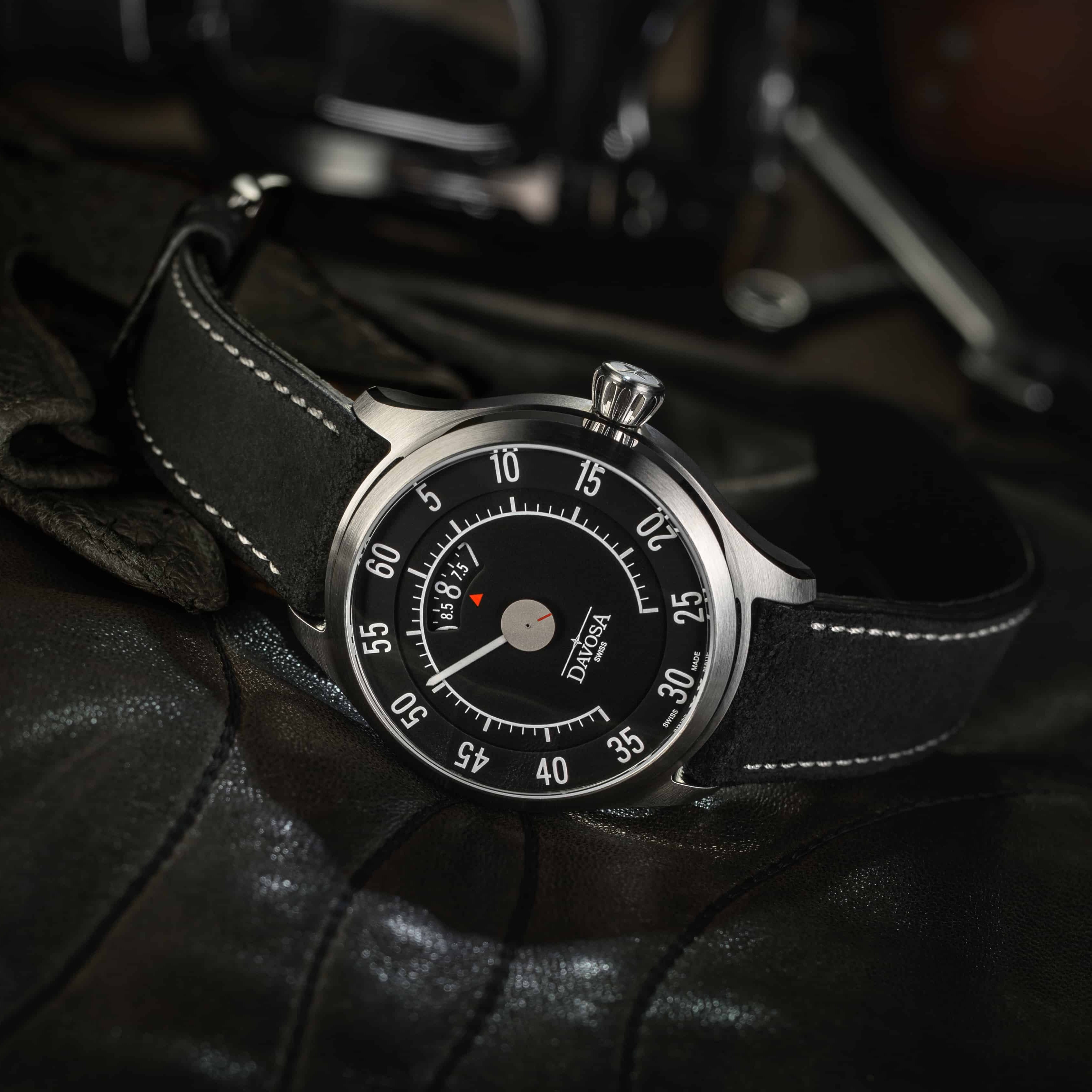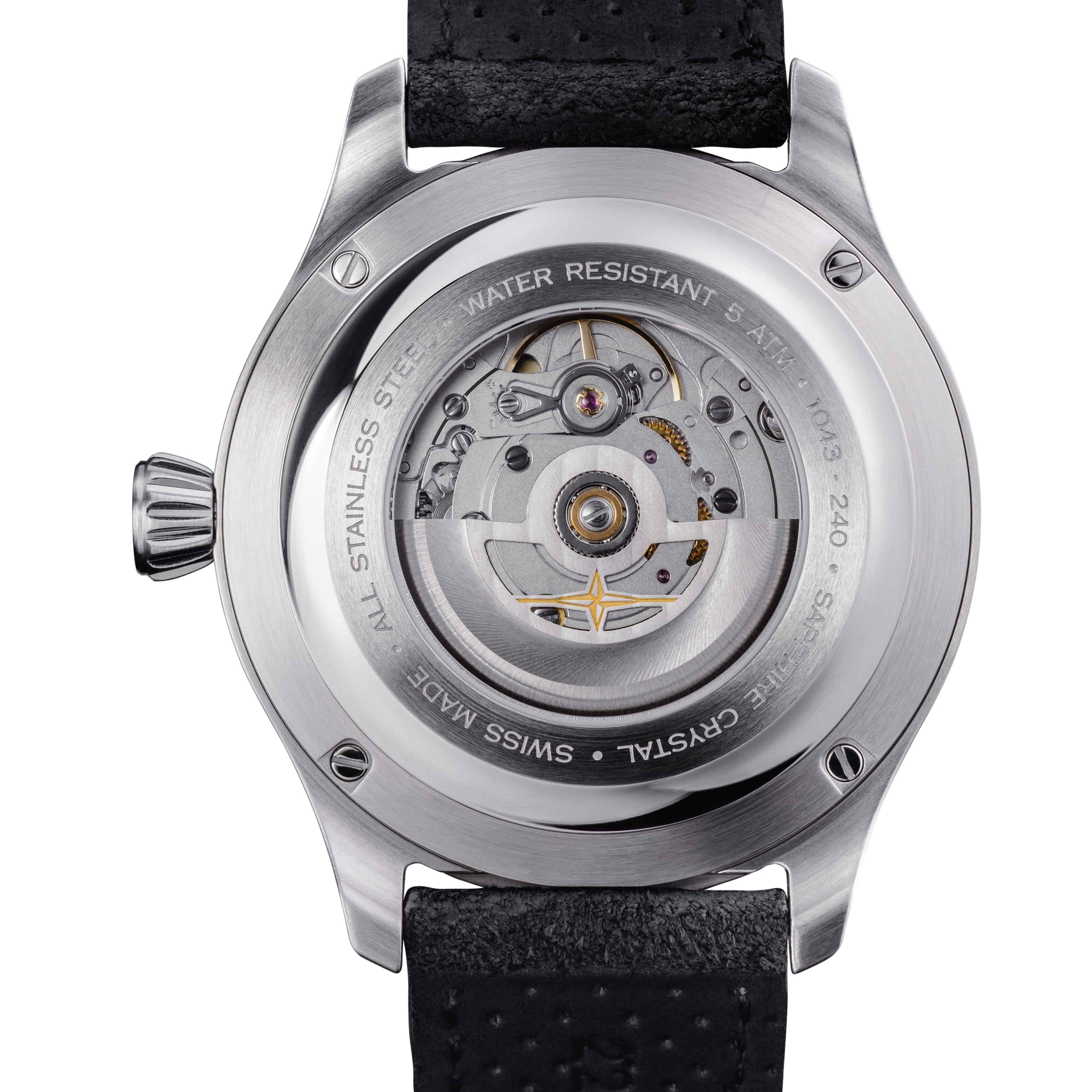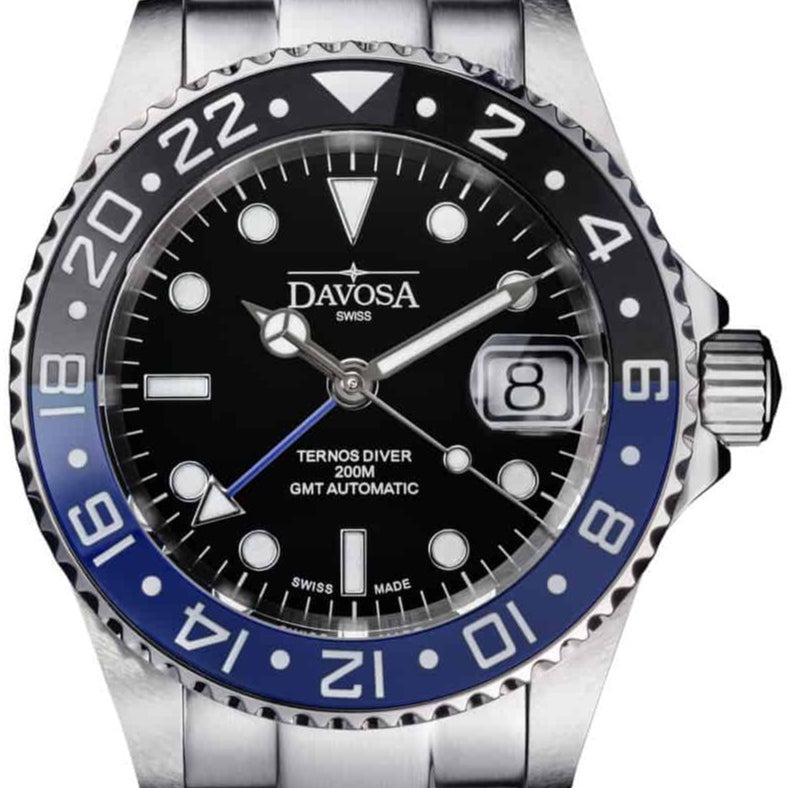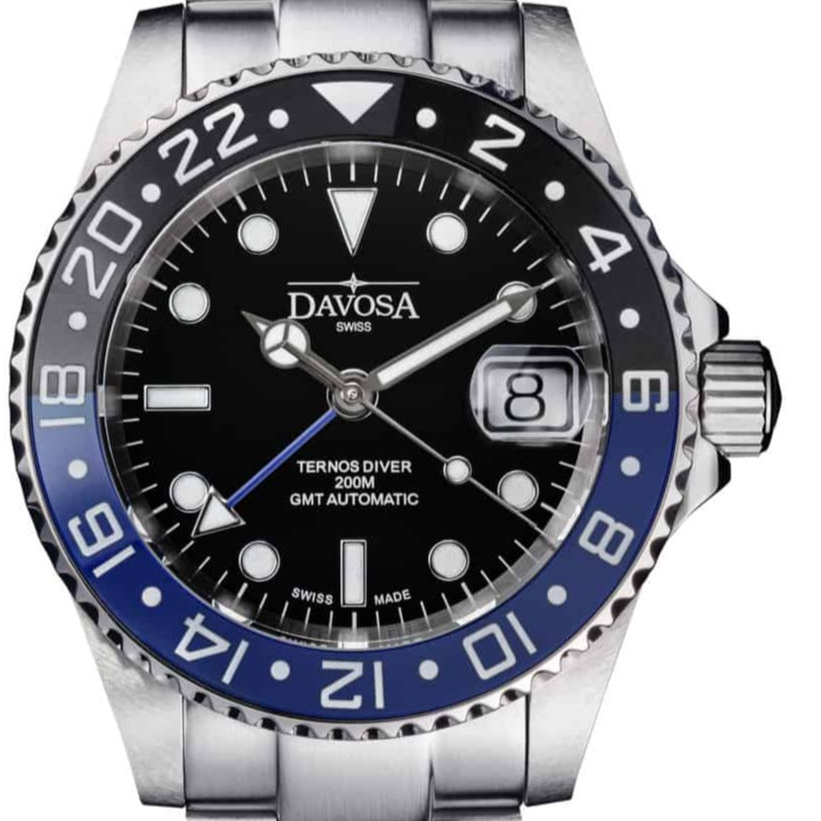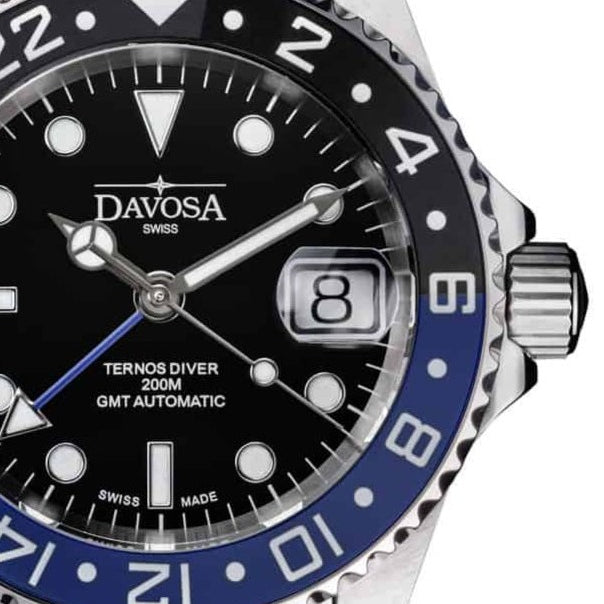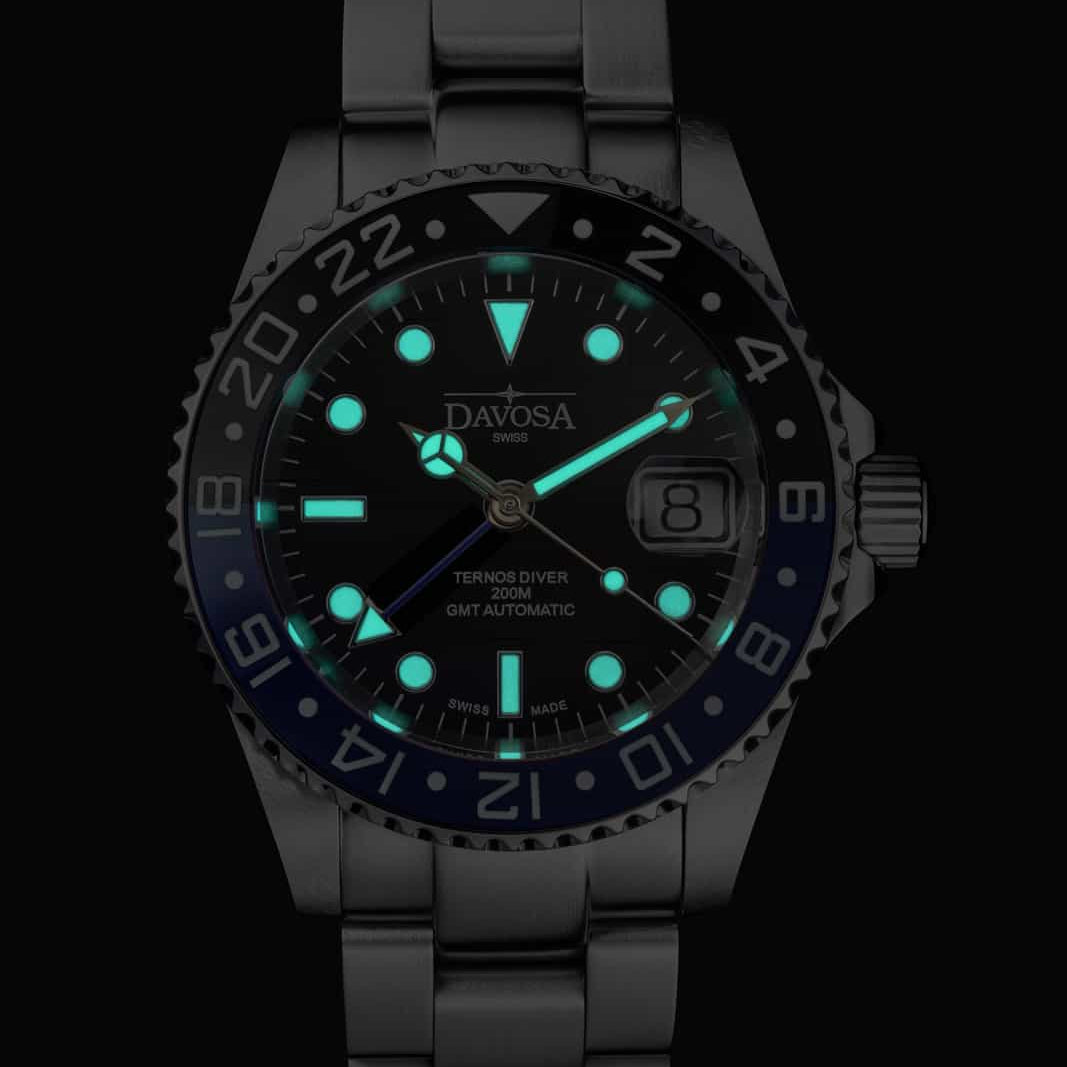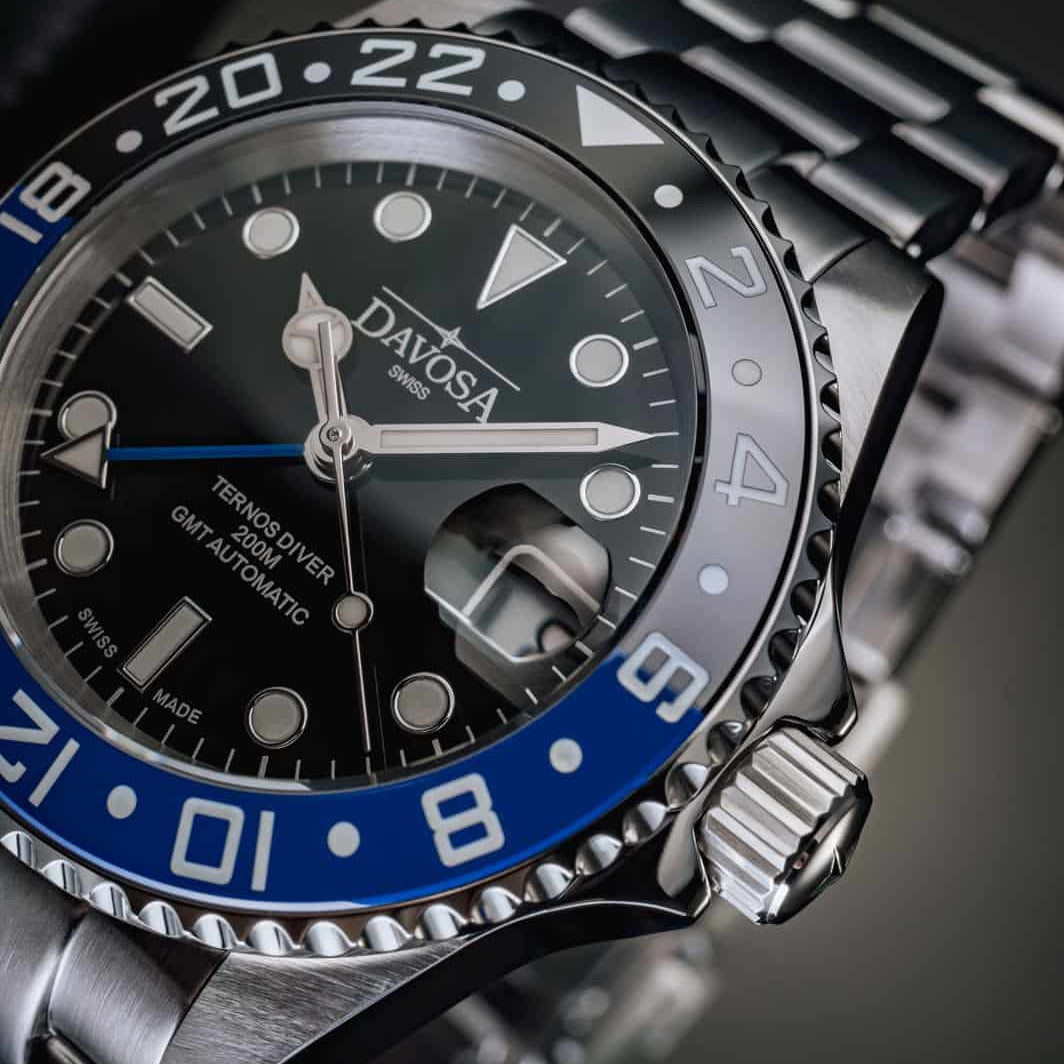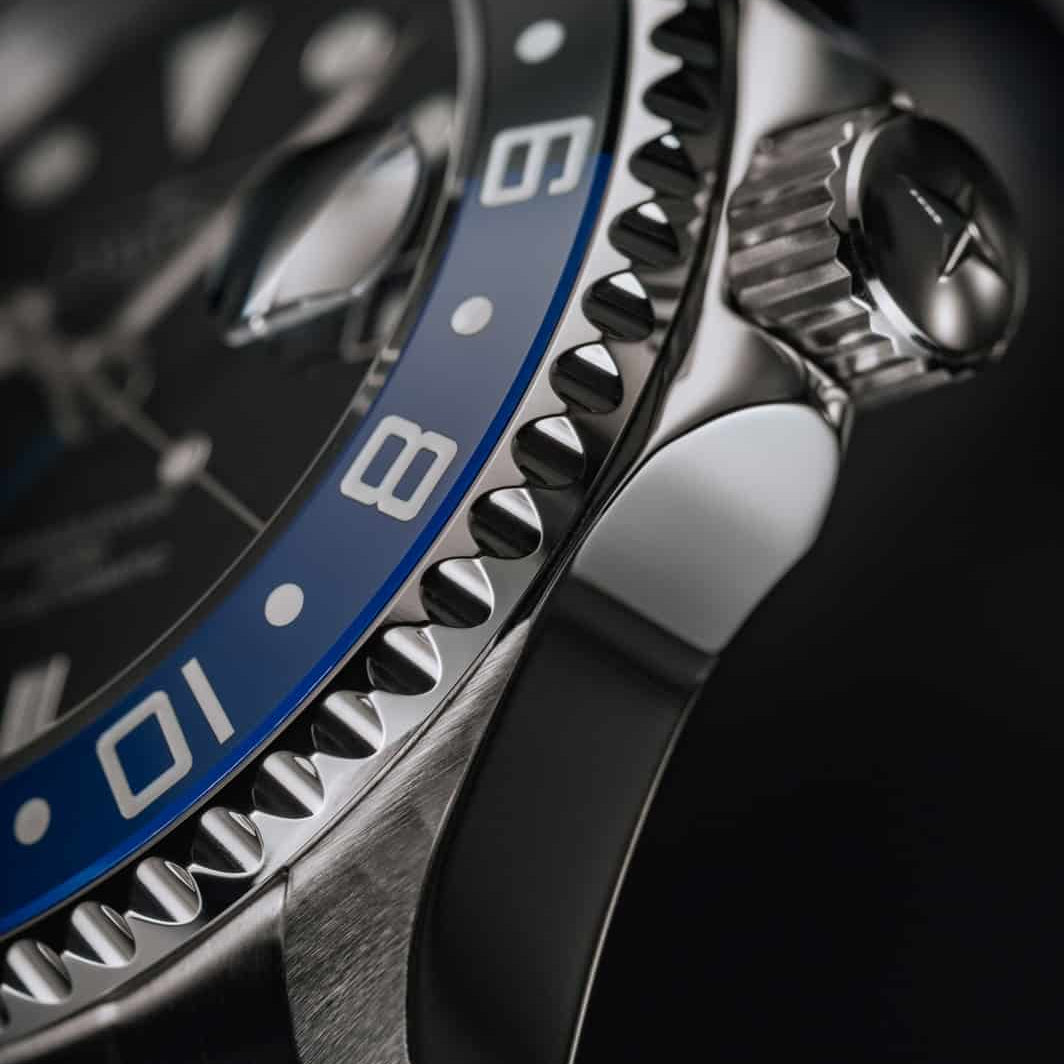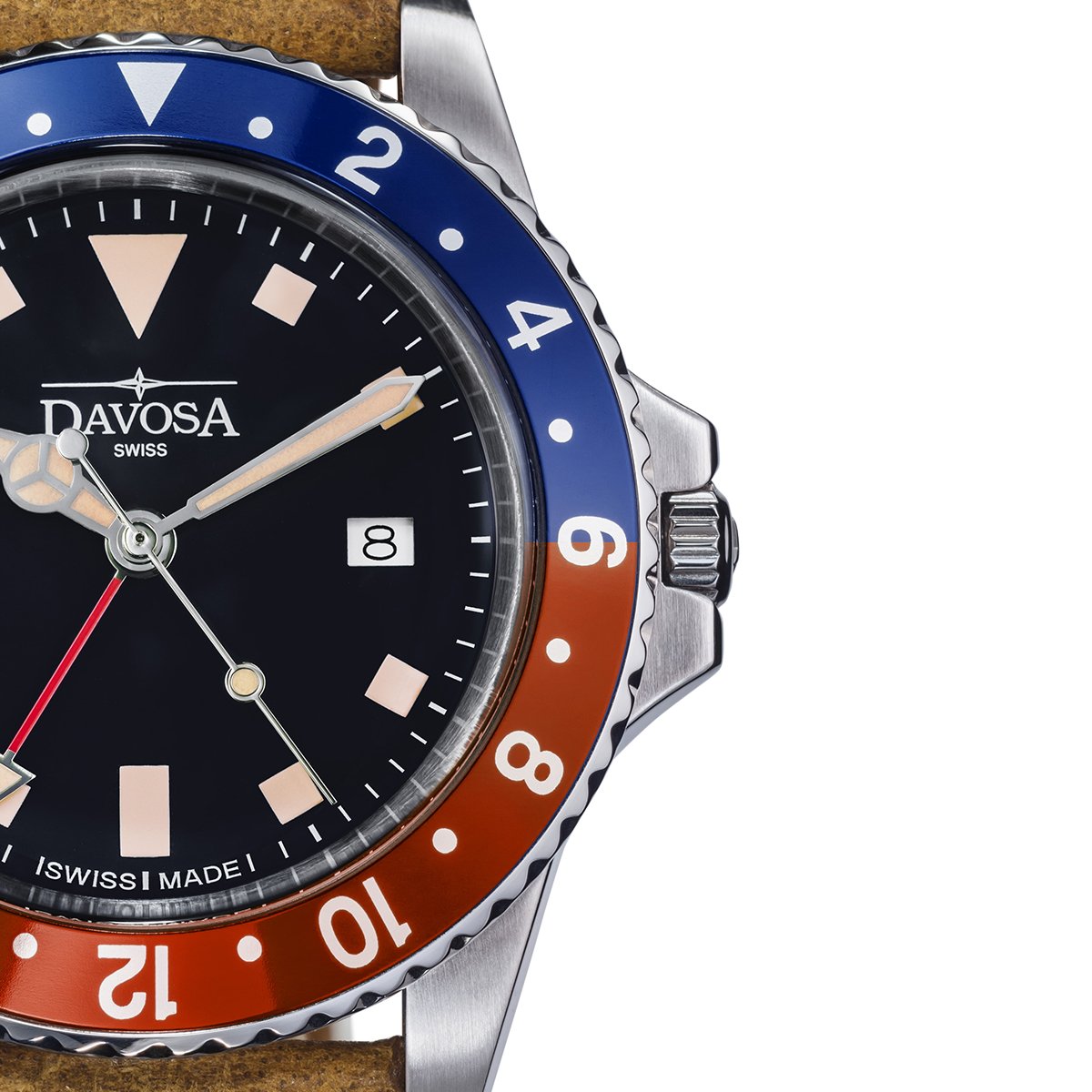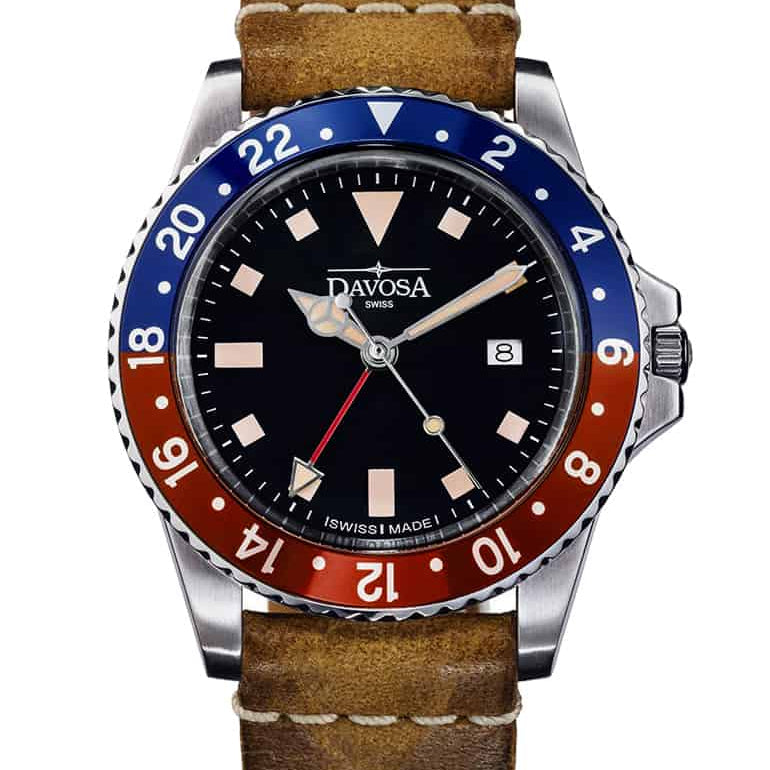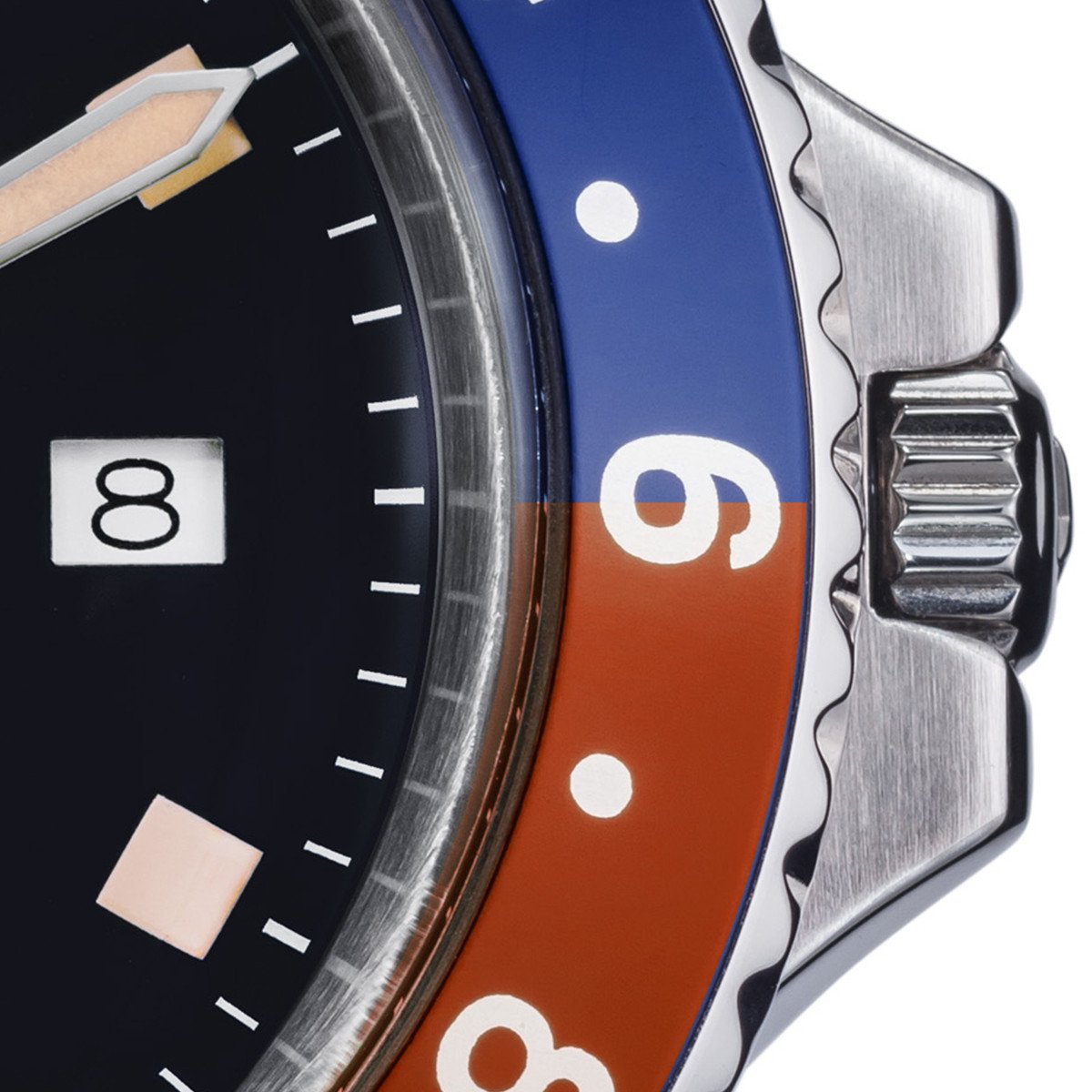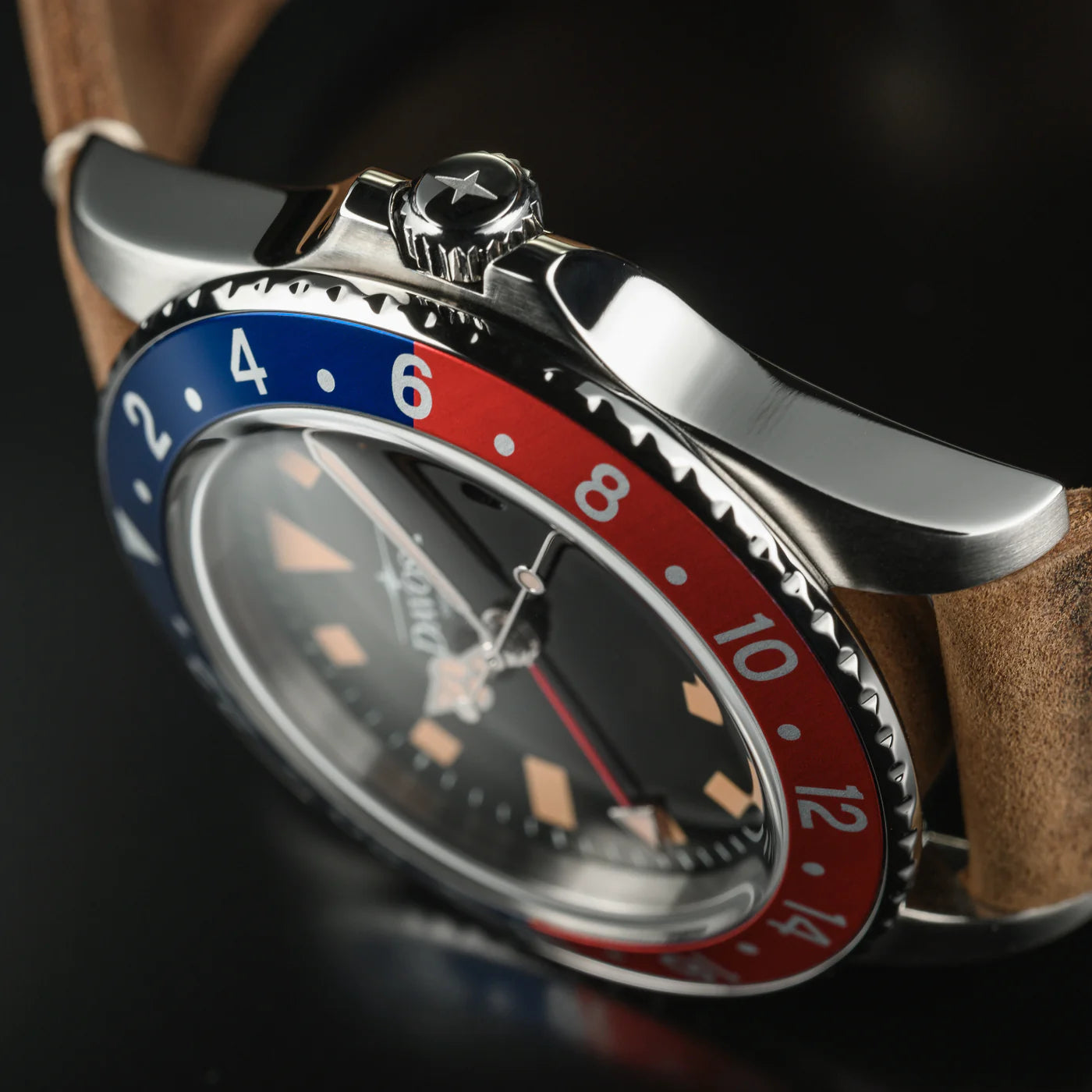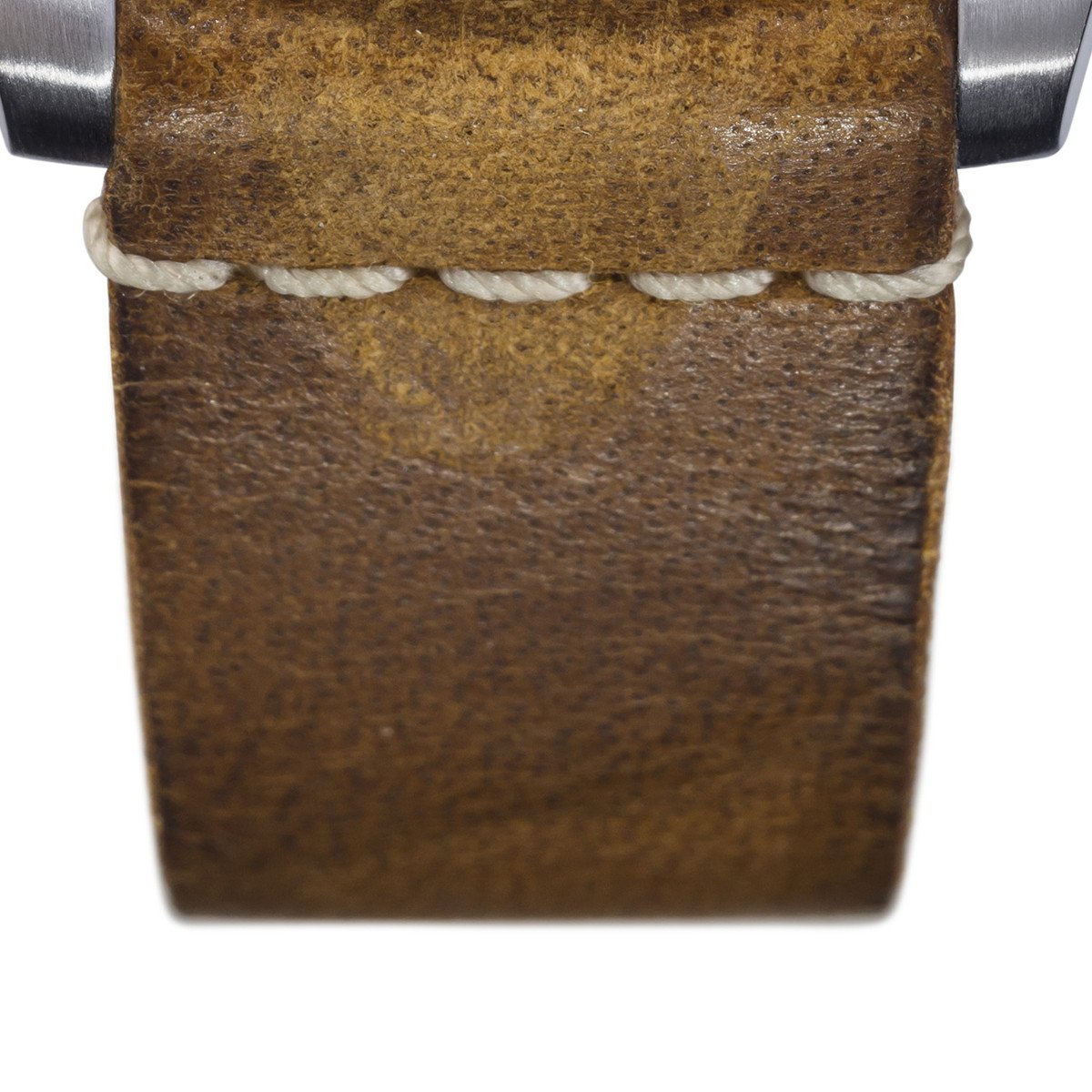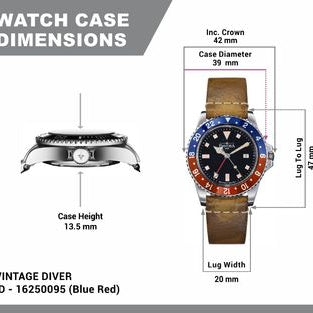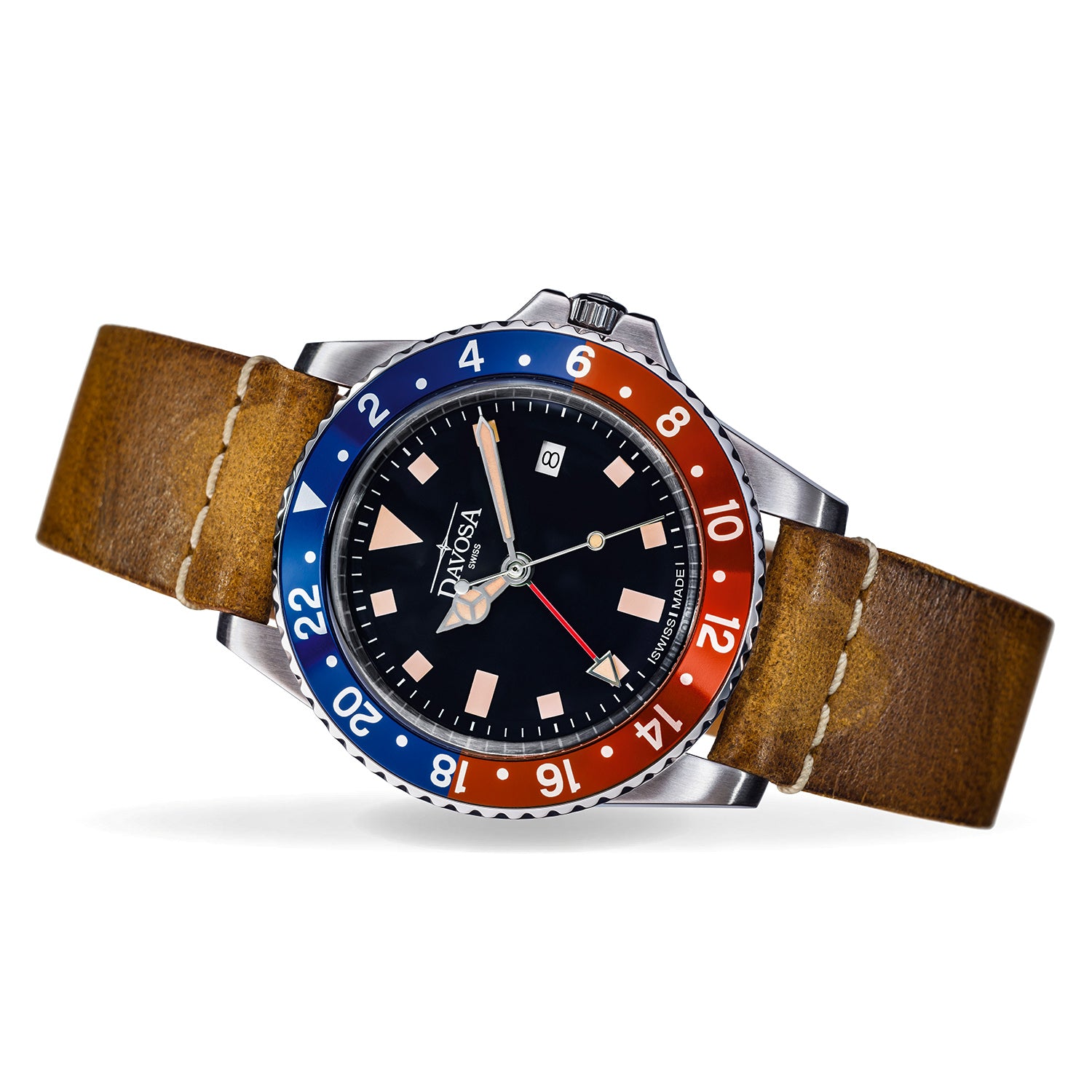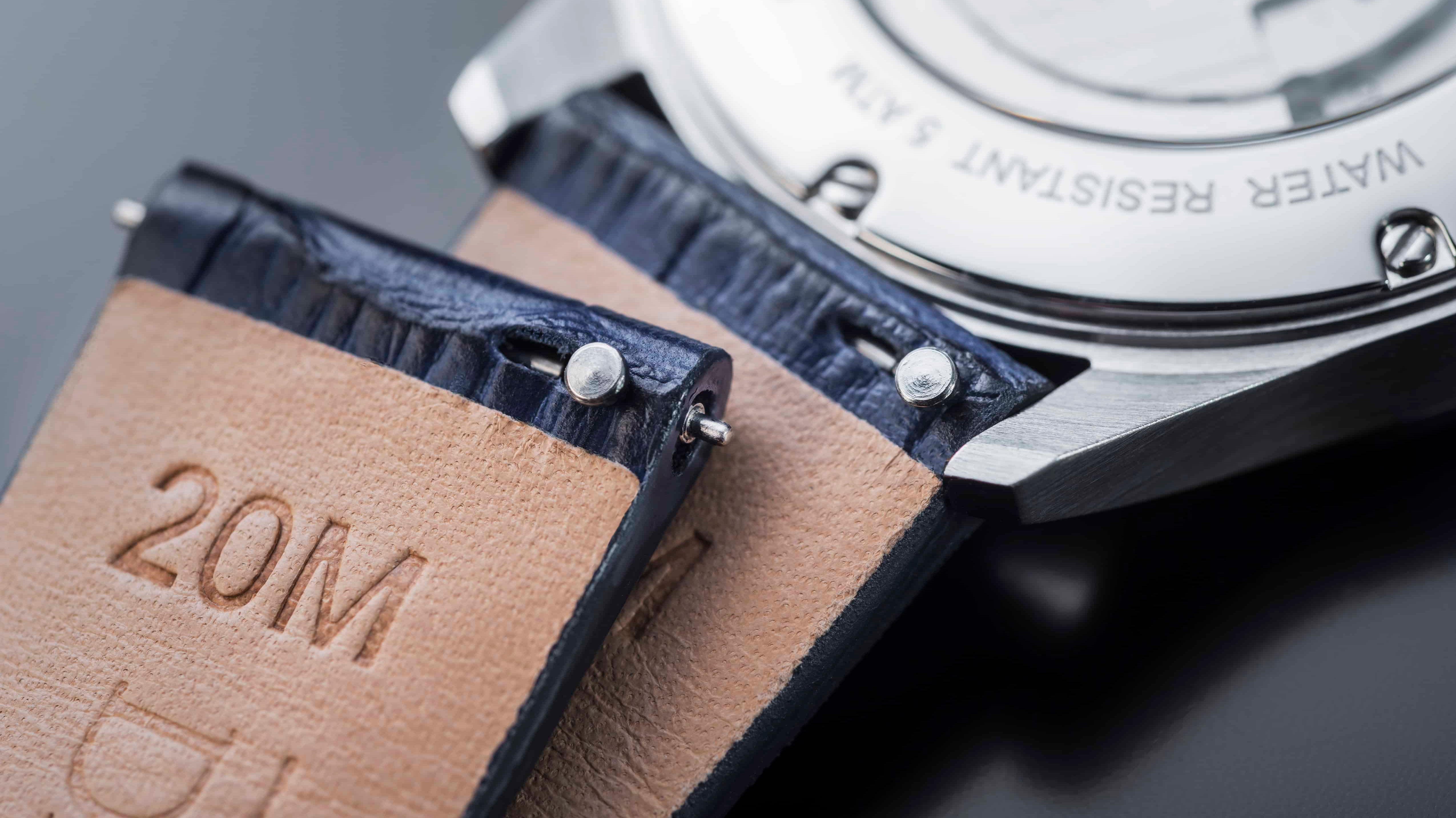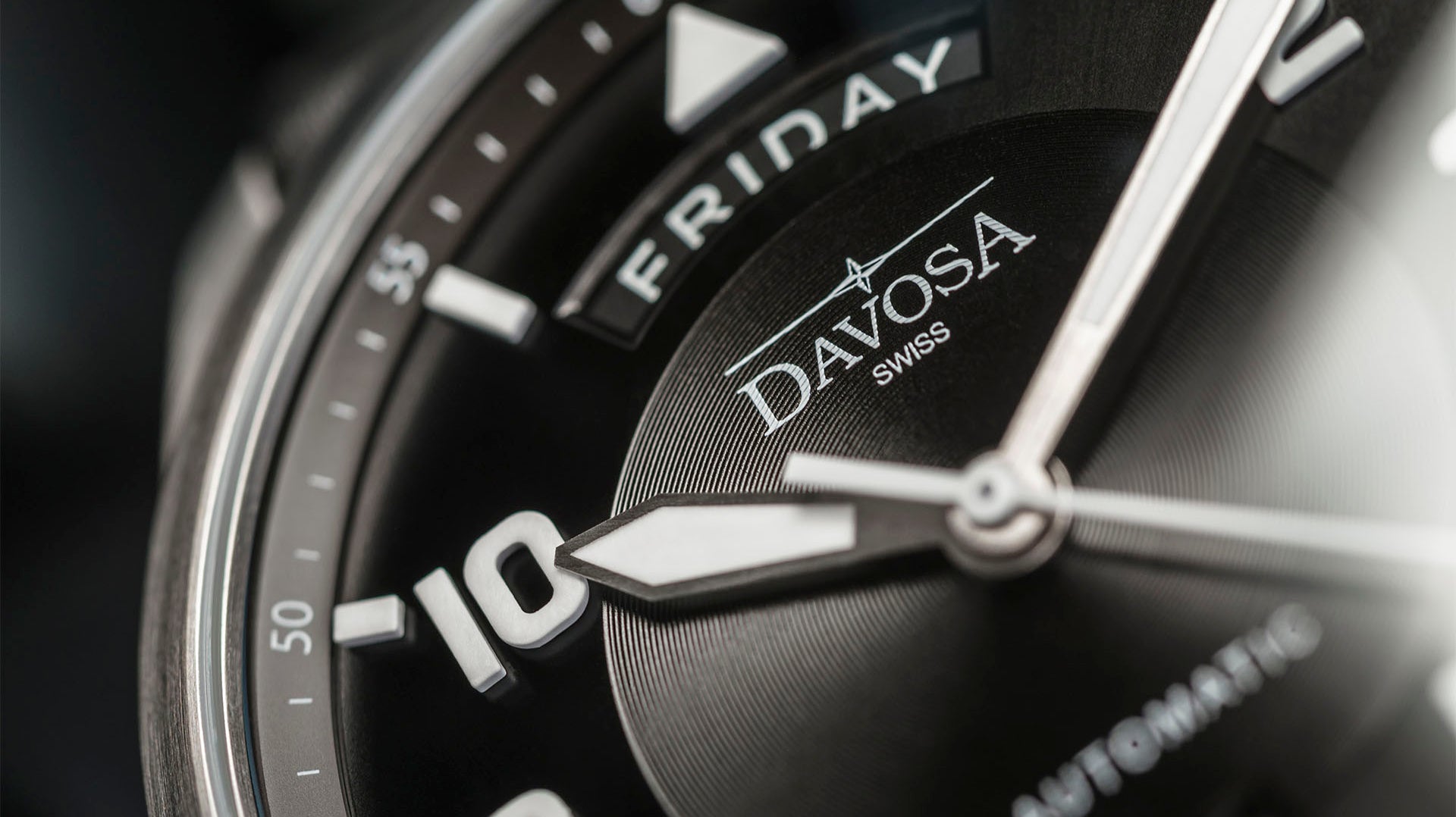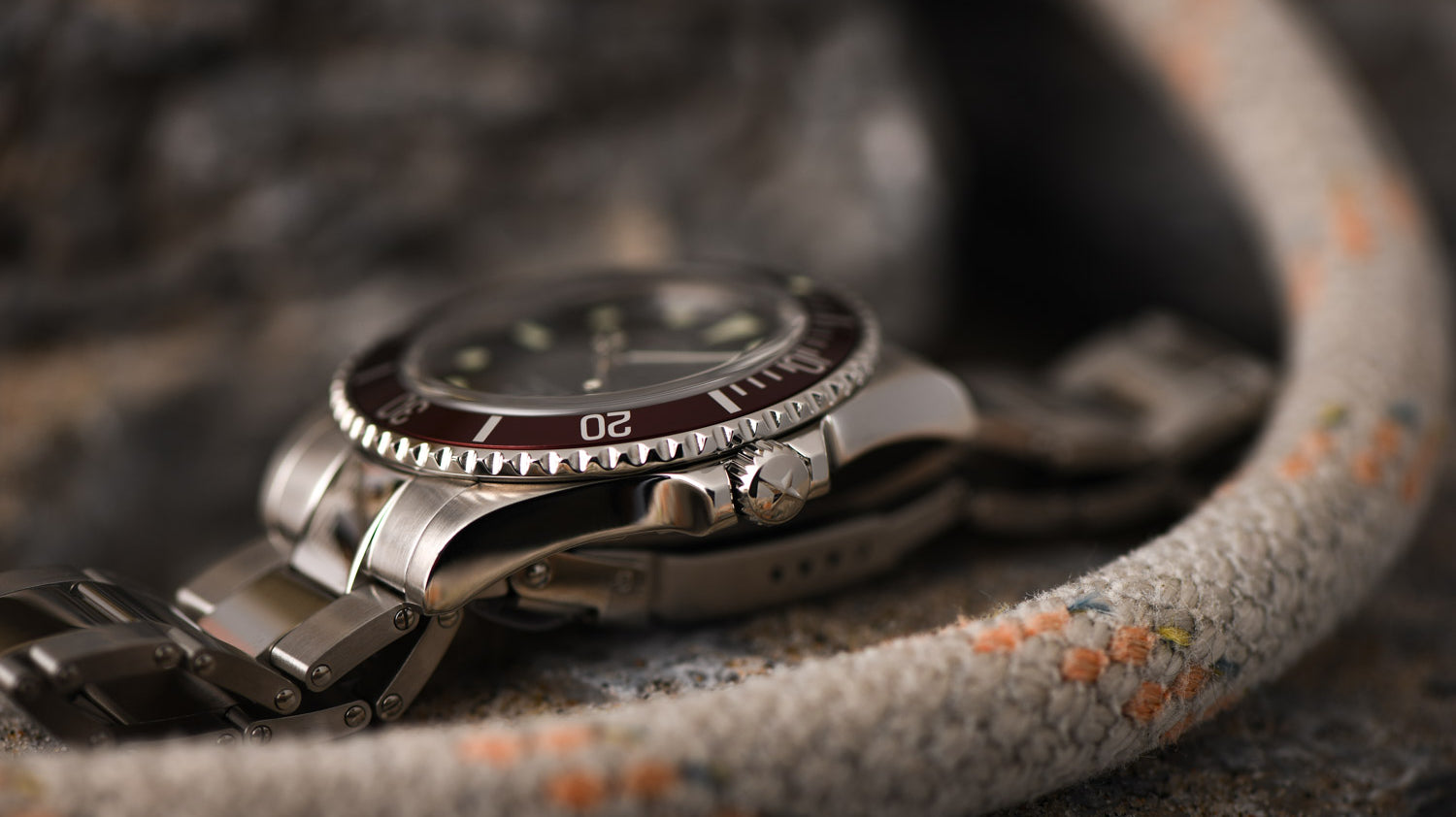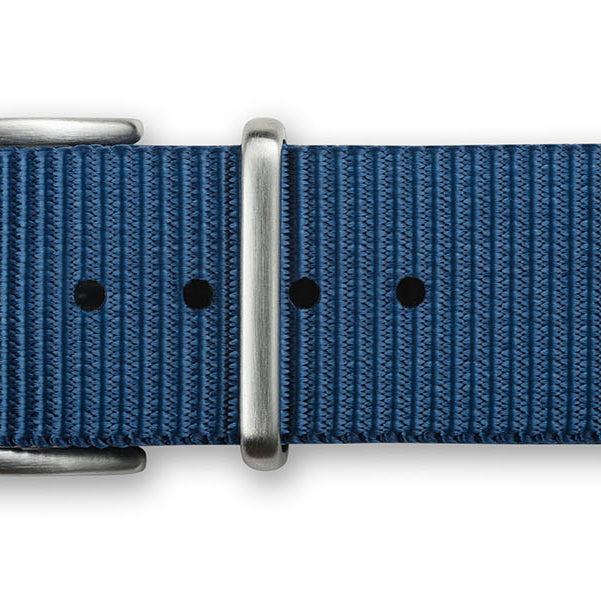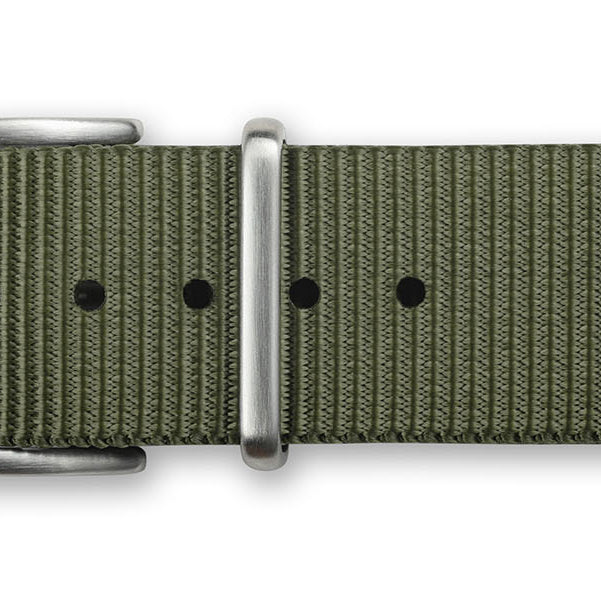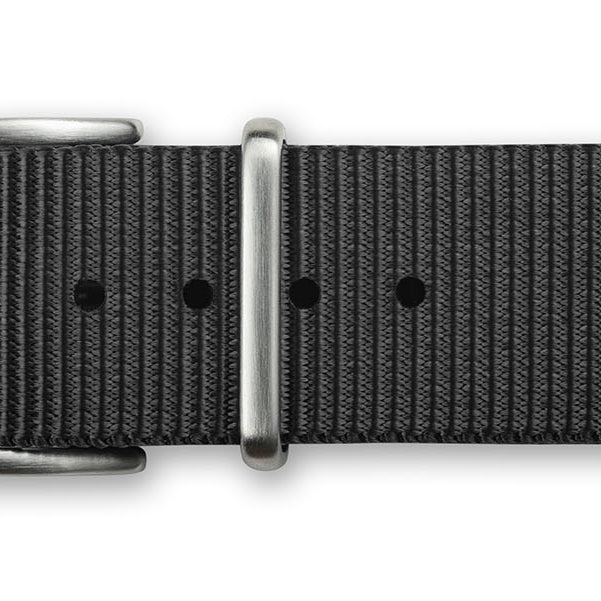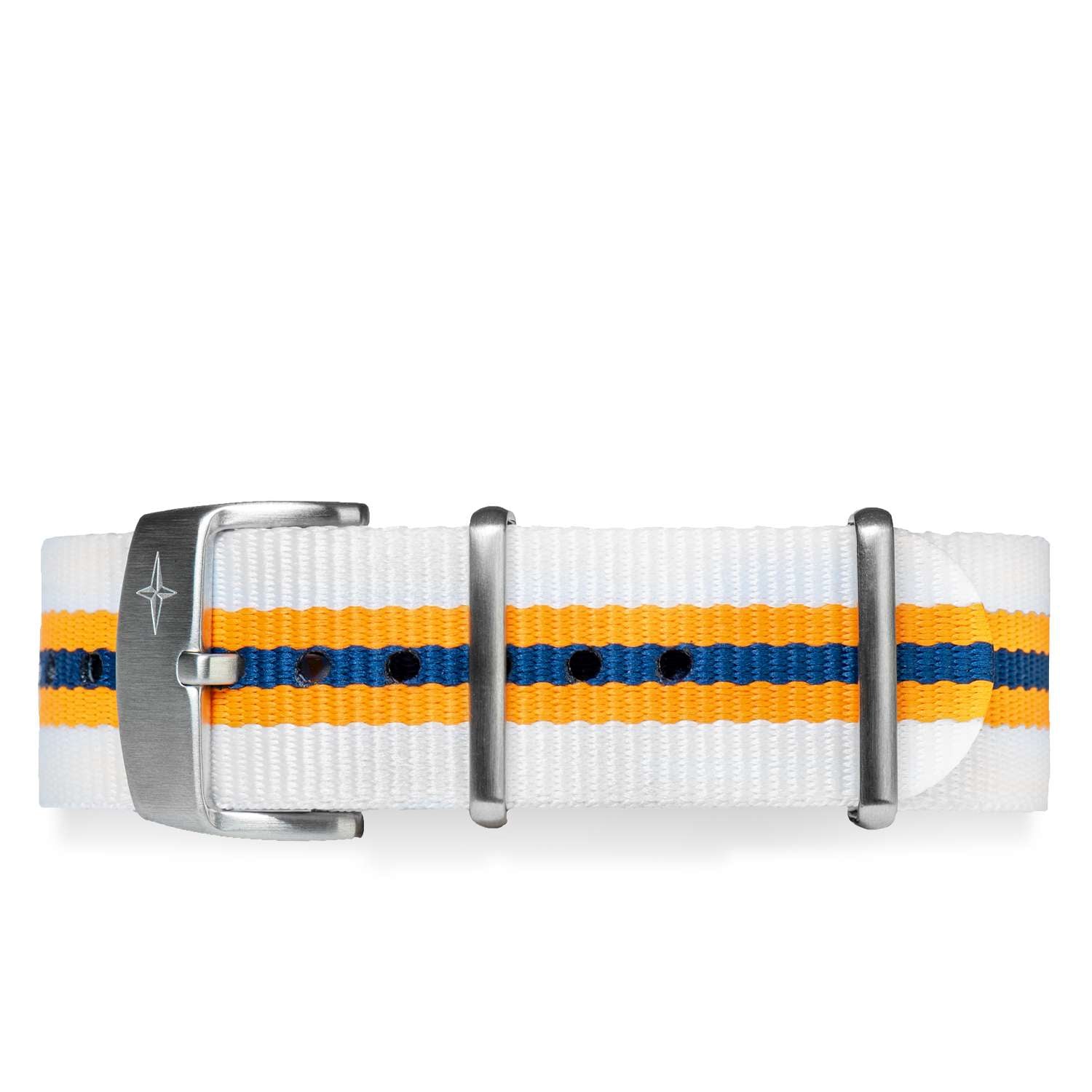When we lift our faces and look up at the night sky, we marvel at the beauty of the cosmos and the moon gazing back with its typical curved shape at us, and we feel like we can almost touch it.
And this was probably what legions of watchmakers considered when they thought of showing, through their calculations, the beauty of the moon and its motion through the nights. That's why we wanted to dedicate to this poetic complication an article - because we know it will fascinate you as much as it fascinates us!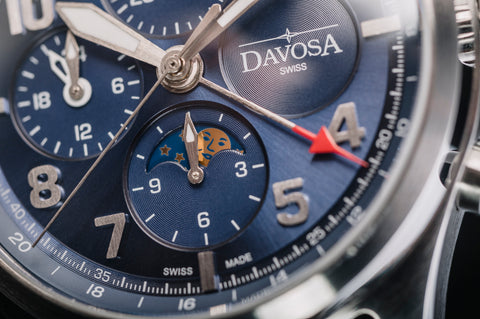
What is a moon phase watch?
A moon phase watch is part of the complications that include annual and perpetual calendars. It is a timepiece that manages to show, through its mechanism, the evolution of the lunar cycle, which is 29 days, 12 hours, and 44 minutes. It is a rather tricky period to calculate (especially the 44 minutes), with the result that the simplest moon phase mechanisms every two and a half years miss a day - but being reasonable, it's not too much to complain about.
The earliest machines of this type were astronomical instruments used to calculate the transits of the planets and their relative positions in the universe and date back to well before horology itself was invented. One of the first mechanisms of this type that we could find is the so-called Antikhitera, a Greek astronomical instrument dating from about 200 BC and whose fragments were found on the wreck of a sunken ship in the Aegean Sea.
One of the earliest clocks we know is the Astrarium, a large astronomical timepiece created by Giovanni de Dondi around 1360. Still, the best-known ones are the large astronomical clocks installed in the bell towers of cathedrals, especially during the Renaissance, such as the famous astronomical clock of Prague. In time, watchmakers have managed to optimize their mechanisms, making them smaller and smaller, so they can be mounted insideour typical wristwatch.
Today, most annual and perpetual calendar watches with moon phase display represent a great addition to a watch collection, because of their refined character and impressive look - and watch lovers are keen to secure at least one, so to add it to their lineup.
How does a moon phase dial work?
The most common display of the moon phase mechanism is the so-called "bosom": that is, a disc that rotates inside a shaped window, which partially hides the effigy of the moon according to its position, to allow the wearer to check its phase.
In addition to this particular mechanism, other methods of showing the moon's phases have become widespread, in some cases innovative and almost poetic. Still, the bosom system is undoubtedly the most popular because it is perfect as the main decorative element of the watch face. Moreover, the rotating discs depicting the moon and the starry sky are often made of precious metals and richly decorated.

How to set a moon phase watch?
Setting a moon phase watch movement is not the easiest thing in the world, precisely because solar time, which marks the days and months, and lunar time, which regulates the phases of our satellite, do not coincide. This makes the adjustment of moon phase clocks a rather tricky operation.
Generally, the adjustment is made by placing the moon phase disc on the full moon, pulling out the crown and stem to the second position, and turning it clockwise.
At this point, adjust the date by placing the stem in the first position and setting the date when the last full moon occurred by turning the crown.
Now, you need to move the time and date from then to the current date by rotating the hands. This will probably be a long and tedious process, but it will ensure that the mechanism aligns properly.
In some cases, there will also be a need to adjust the week of the year indicator, which is generally operated by a separate mechanism. However, since adjustments vary from watch to watch, it is always best to refer to the instructions of the watch manufacturer.
Why do watches have moon phase?
Watches mount this beautiful complication mainly for historical and aesthetic reasons. In fact, we don't think anyone has all that much need to know the exact phase of the moon (unless they're a werewolf!).
Historically, moon phases have been used in astronomical clocks. Their repeated presence in modern clocks is a tribute to the technical wisdom of all those watchmakers who perfected their knowledge to achieve such a refined result.
Aesthetically, apart from the poetry of the indication depicted, the moon phase display represents an important visual element that draws attention to the dial, a bit like what happens with a tourbillon.
And that is used creatively to achieve particular results, especially with a classic look, but sometimes even irreverent, as occurs in the Joker by Konstantin Chaykin. This watch is designed to resemble a clown's face where the moon phase display becomes the mouth with its tongue. Or, as in some chronograph watches from Davosa, like the Newton Pilot Moonphase Chronograph, the moon phase display can be used to enrich an already very complete and sporty dial display.

Are moon phase watches accurate?
The movement of the moon phase watch disc typically occurs through different gears connected to the hour wheel, and every 24 complete revolutions, this advances the moon phase disc wheel one click. The simplest gear uses a wheel with 59 teeth, which allows an approximate lunar cycle of 29.5 days to be plotted (29.5x2 = 59) - remember that a typical moon disk has two depictions of the moon. Thus, when the first lunar cycle has completed, the second moon pops up on the opposite side of the window.
If you change the number and ratio of teeth, the lunar cycle becomes even more accurate - so that it almost reaches perfection, as is the case with Christian Van Der Klaauw's incredible moon phase timepiece, which has an accuracy of as much as 11,000 years. But even if you buy a more straightforward mechanism, the watch's accuracy always depends on its movement, thus on the technical characteristics of the caliber on which the complications are mounted.
However, we can safely say that no Maison would install a complication such as a moon phase on a watch that wasn't up to scratch, so moon phase watches usually offer mechanisms of great accuracy that are going to represent a great choice for every watch connoisseur.
Who invented the moon phase watch?
Unlike other inventions in watchmaking, it is not known exactly who invented the moon phase watch. What is known is that the concept of moon phase timepieces developed around the Renaissance and that the earliest surviving watch with a moon phase display mechanism was built around 1605 by H. Roberts in London and is housed in the British Museum.
Given the need to use a very precise mechanism to have a reliable reference, this complication spread mainly to large gravity-wound clocks such as English and German grandfather's clocks, eventually expanding to pocket watches and then wristwatches.
The first wristwatch to offer a moon phase display was the Patek Philippe 57975 perpetual calendar dating back to 1925, made originally for the American watch collector Thomas Emery, while Rolex adopted this complication in its reference 8171 in 1949.
The first automatic watches featuring a moon phase complication that we know of were built by Rolex, and precisely, they belonged to the Rolex reference 6062, launched at the Basel exhibit in 1950. This model, as the indices were made in shape of starlets, earned the nickname "Stelline" (little stars in Italian), and it featured a screw down Oyster caseback.
Since then, the moon phase complication has spread in watchmaking, becoming - if not common - highly appreciated. However, as we said, there is no shortage of examples of less formal watches that use this peculiar complication more creatively.

Why are moon phase watches so expensive?
Every complication that adds new functionality to a watch makes the mechanism more complex to build, and therefore more expensive. For example, let's consider that the typical moon phase complication normally comes with an annual or even perpetual calendar. It becomes easy to understand why watches that offer this poetic functionality typically cost more than simpler ones.
More, we must add that a high-end complication like the moon phase does a lot to give the watch that aura of exclusivity that makes it prestigious and fascinating and that catches the eyes of people watching it thanks to its discreet and timeless beauty, especially (but not only) in the most elegant dress watches.
To conclude
The beauty of a complication such as a moon phase is not easy to appreciate and certainly, even less explainable, especially for those who believe that a watch is just a simple, functional object, as it borders in a realm that has little to do with practicality.
But for those who appreciate a sense of levity unbound by the practical exigences of day-to-day life as an essential element that allows us to communicate our character, a complication as beautiful and unneeded as the moon phase affirms the pleasure of the object for what it means, and not for its specific function, and brings watches like these into the ephemeral and exclusive world of true luxury.

The Davosa-USA.com website is NOT affiliated in any way with Audemars Piguet, Franck Muller USA, Inc. Richard Mille or Richemont Companies, Seiko, or any other brand which is not Davosa Swiss. Rolex is a registered trademark of Rolex USA. Davosa-USA website is not an authorized dealer, reseller, or distributor for Rolex and is in NO WAY affiliated with Rolex SA or Rolex USA or any other brand besides Davosa Swiss. |


